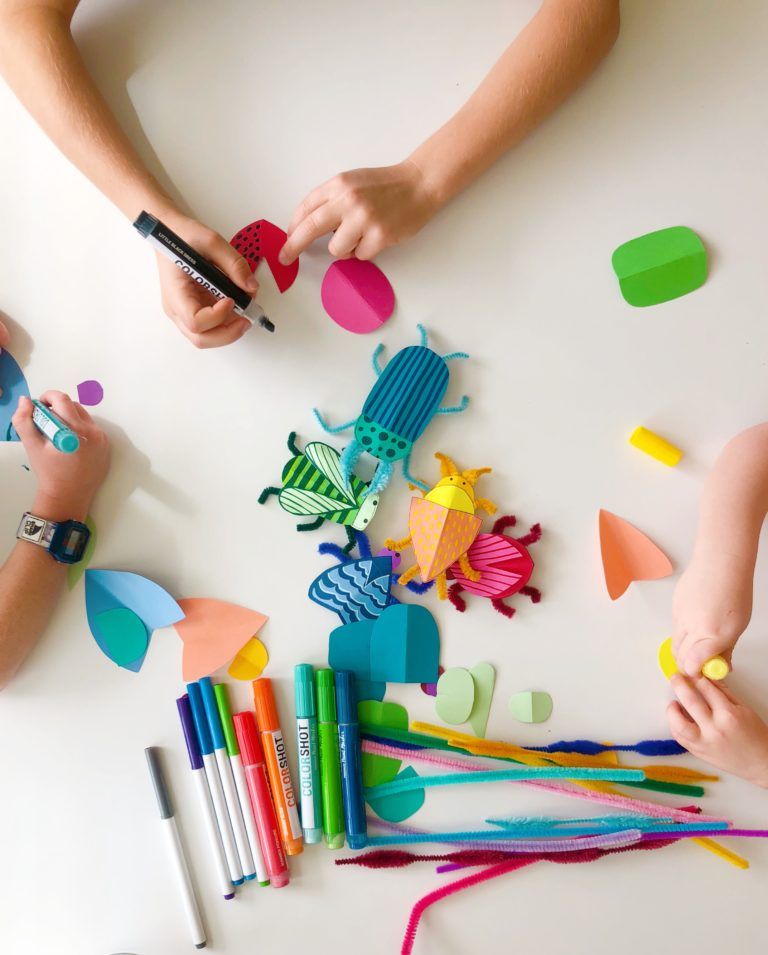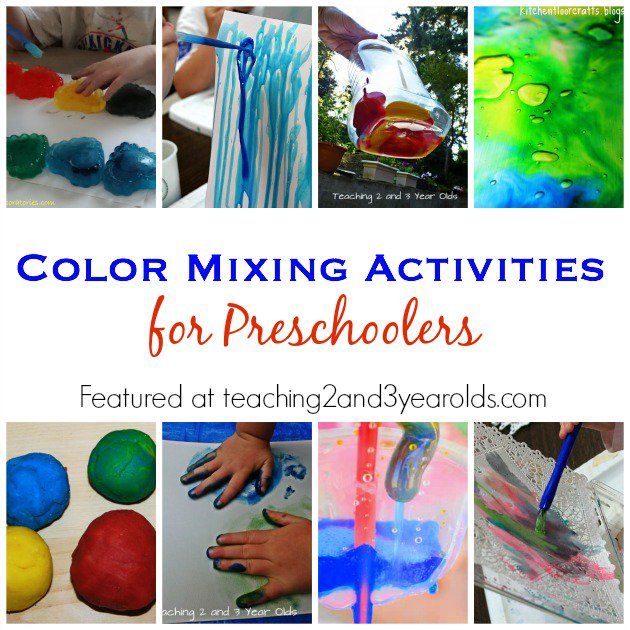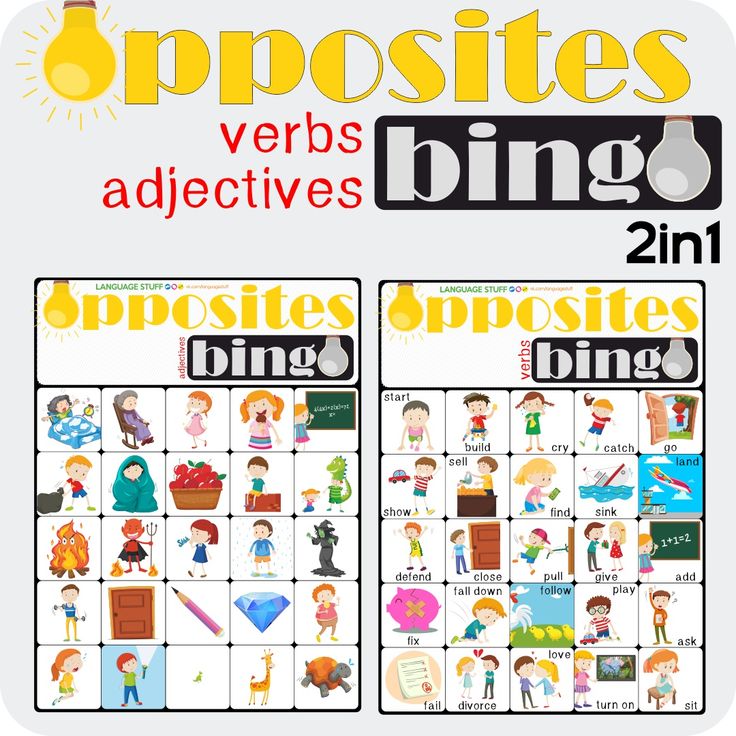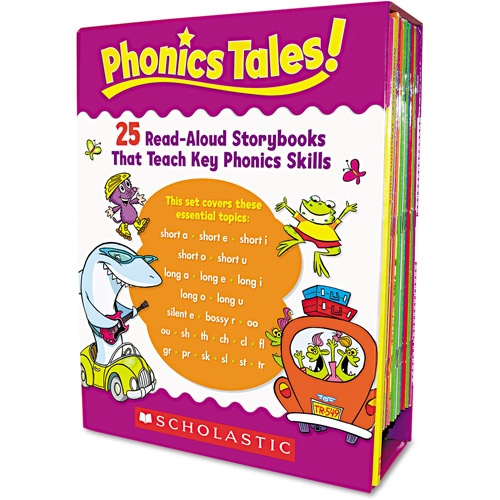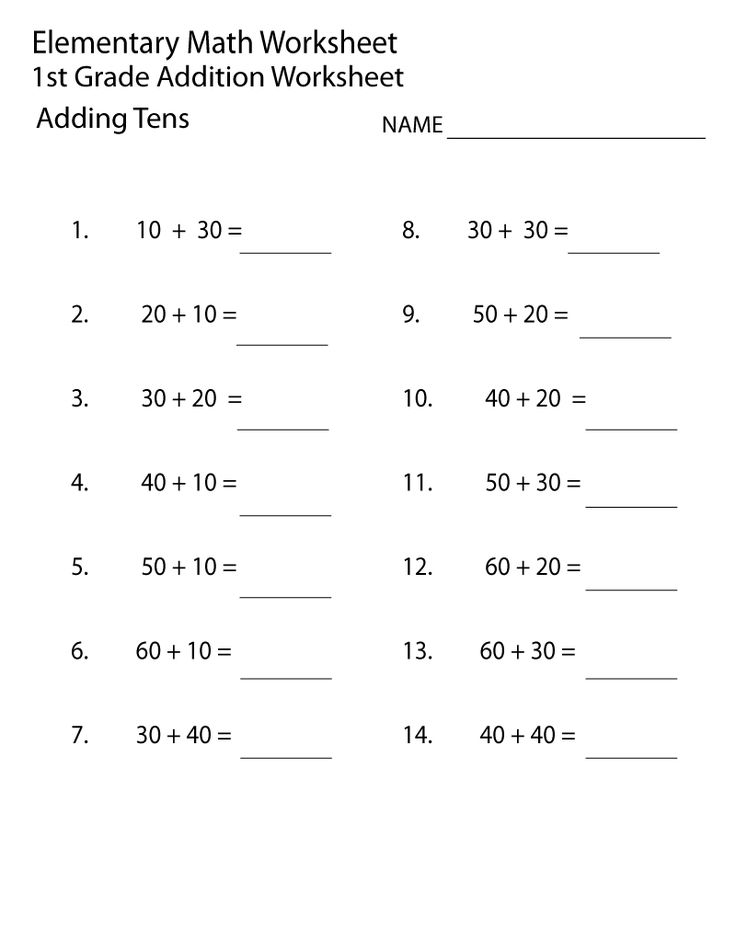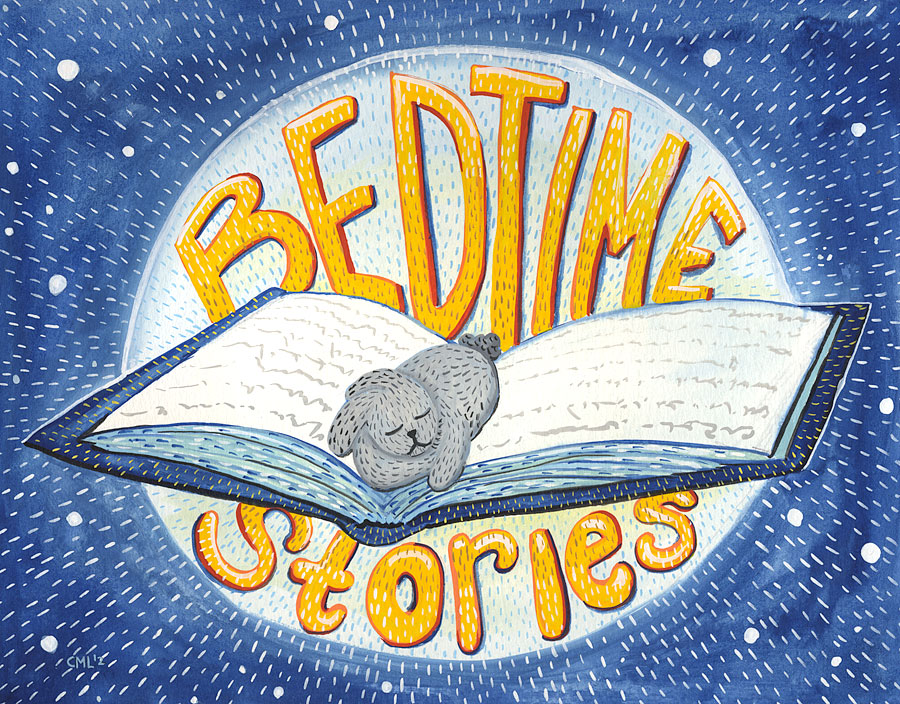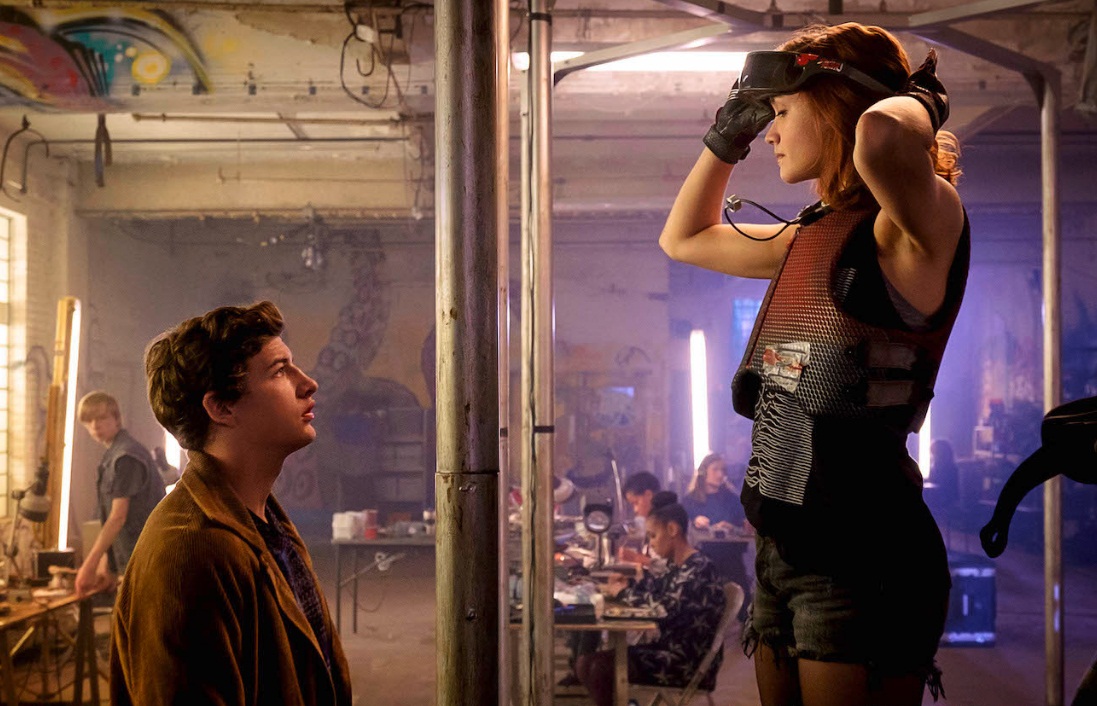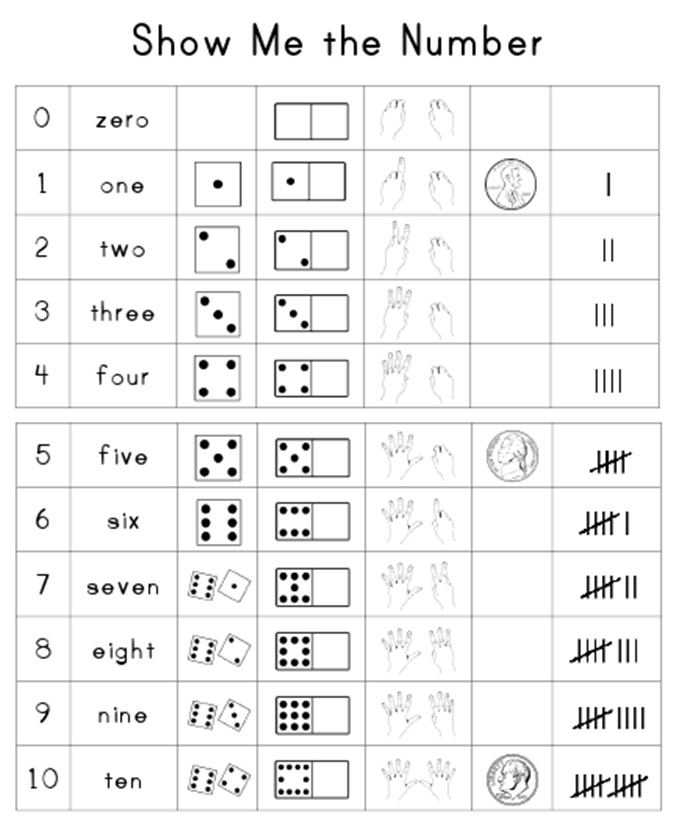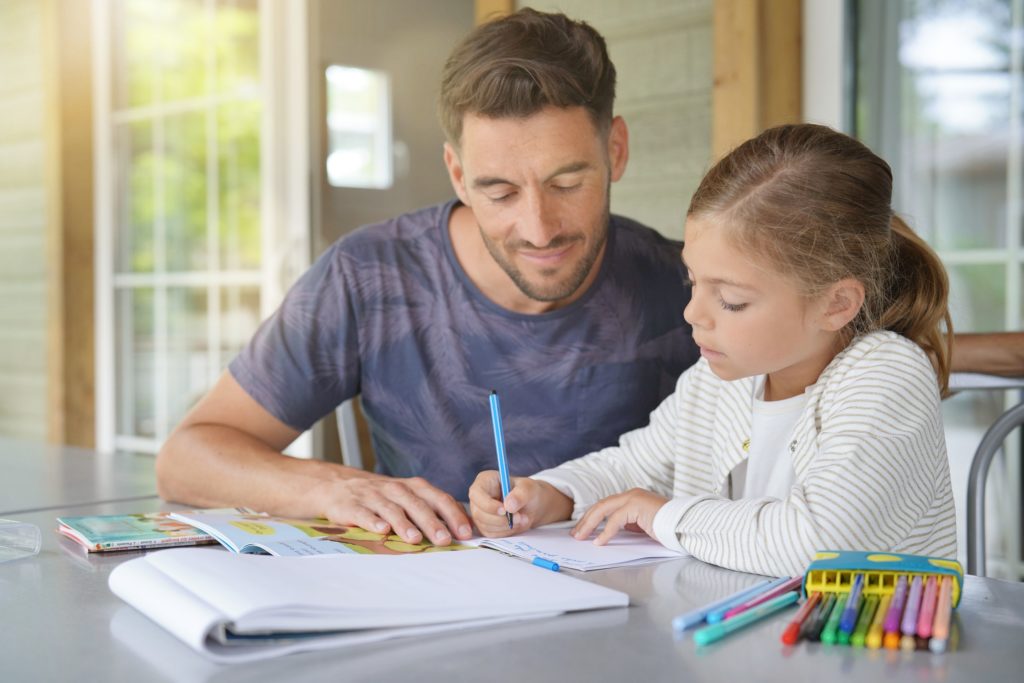Children creative activities
Creative play & activities for children
Creative activities: why they’re important for school-age learning and development
School-age children usually take a keen interest in creative activities. This is great because creative activities like drama, singing, dancing, art and craft help school-age children:
- develop creativity and imagination
- build confidence
- express emotions, thoughts and ideas in verbal and non-verbal ways
- learn about the world from someone else’s point of view
- practise decision-making, problem-solving and critical thinking
- practise and improve social skills
- develop physical and motor skills.
Encouraging school-age children to enjoy creative activities
You can encourage creative activity by giving your child free time to play and stepping back from your child’s play. Even boredom can encourage children to be creative. So can relaxation – for example, lying on the grass and watching the clouds change their shape.
It’s important for your child to enjoy and think about the process of creating things. You can help this happen by encouraging your child to share artworks and creative activities with you and your family. It’s always best to check with your child before sharing their artwork with other people, especially on social media.
When your child is creating something, it’s good for them to keep experimenting and changing their artworks until they feel they’re finished.
You can encourage this by:
- asking about their process – for example, ‘Tell me how you attached the wheels to the bus’
- suggesting ways to experiment – for example, ‘Show me how many sounds you can make with the drum’
- being available to help if they need it – for example, ‘I can hold that shape while you paint around it’.
If you can give your child a workspace or storage box for their unfinished projects, that’s great too.
Whatever artwork your child comes up with, you can encourage their effort with plenty of descriptive praise. For example, ‘I like the rhyming words in your song’. This is great for your child’s confidence.
For example, ‘I like the rhyming words in your song’. This is great for your child’s confidence.
Some children are more interested in creative activities than others, so you can’t really ‘teach’ your child to enjoy these creative activities. But you can pass on a positive attitude to them.
It’s good to include some ‘art appreciation’ in your child’s life. Why not visit a local art exhibition or see a multicultural or Aboriginal dance or theatre performance together and talk about your favourite parts?
Art and craft: creative activities for school-age children
At this age, children have a solid understanding of colour, shapes, patterns and details. Where your child used to draw scribbles and squiggles for trees and flowers, now you can see leaves, branches, trunks and petals.
School-age children are also figuring out different ways to make things – they don’t need parts pre-made for them. For example, they might draw and cut out wings for a craft butterfly, or they might make wings from scrap paper and leaves. Younger school-age children might still need your help to get started.
Younger school-age children might still need your help to get started.
Here are some ideas for creative art and craft activities:
- Get your child to build and decorate a cubby house out of cardboard boxes or natural materials like tree branches.
- Play with textured paint. Encourage your child to add sand, dirt or sawdust to paint and use this to decorate boxes or make paintings.
- Make invisible ink out of a mixture of lemon juice and water. Your child can write a secret message with the ink. When it’s dry, they can hold the paper up to the light and see the message reappear.
- Find a large cardboard box and see what your child can come up with. It could become a robot costume, plane, puppet theatre and so on.
- Combine drawing, painting or clay-making with digital media. For example, make a clay model or a sculpture out of sticks and take photographs of it. Your child can use these photographs to make up a story.
- Go on a nature walk and take nature photographs.
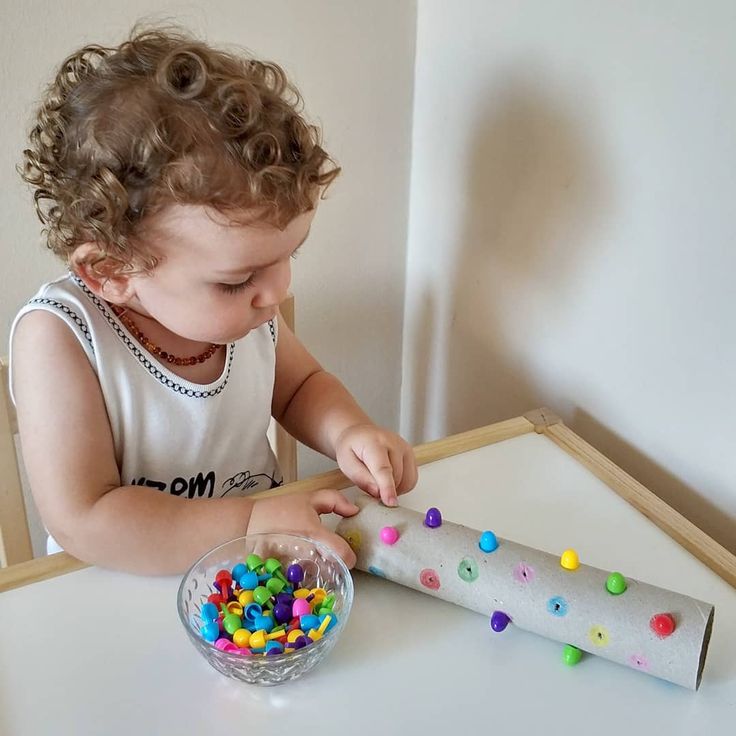 Create a story, photo album or map with the photos using an app or a software program.
Create a story, photo album or map with the photos using an app or a software program. - Create digital artwork using software programs or apps.
Creative writing is a great way for your child to express emotions and explore ideas. For example, your child might make up new words or riddles, write and illustrate a family story book, write a script for their favourite TV show, or start a journal or blog about their favourite subjects or activities.
Drama: creative activities for school-age children
School-age children often make up and act out their own stories using simple props. Sometimes they act out events from daily life, movies and TV shows. Or you might notice your child acting out the lyrics as they listen to music or watch music videos. Also, children might act out roles like a caring vet or a police officer.
These dramatic activities give children the chance to work out real-life problems, like what to do when a person or a pet is sick or someone is angry.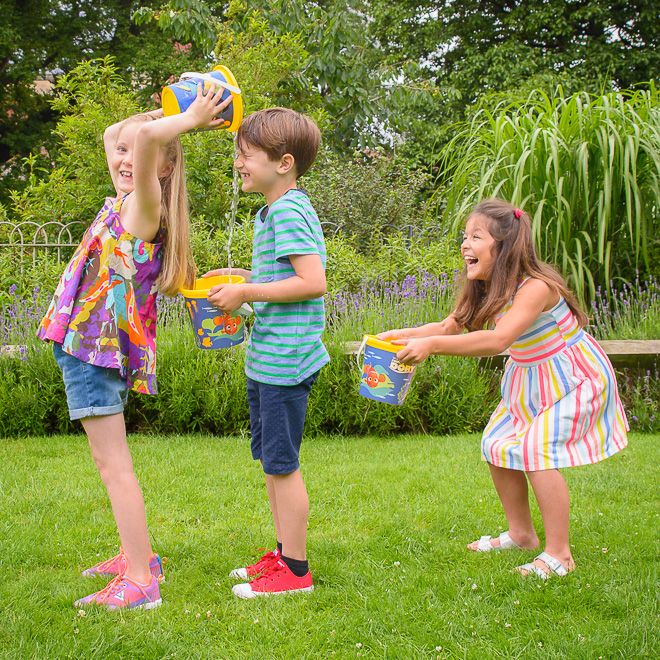 They also encourage children to see the world from someone else’s point of view, which helps to build empathy.
They also encourage children to see the world from someone else’s point of view, which helps to build empathy.
Here are some ideas to get your child involved in dramatic creative activities:
- Start a dress-up box. Use old clothes or buy simple props like cooking utensils from op shops.
- Make simple puppets and put on a puppet show.
- Take turns making up a story. You could begin with a simple situation and take turns saying what happens next. The longer the game continues, the more imaginative the story can be. If you need help to get started, you could try roll-a-story.
- Video a play or performance. Your child could write the script and make the costumes, then video themselves using a smartphone or camera. They can edit and add special effects with software or apps.
- Play games that involve guessing and acting, like charades and Pictionary. Your child could also make up their own set of flashcards with words to act out or draw.
Diversity in play is good for children.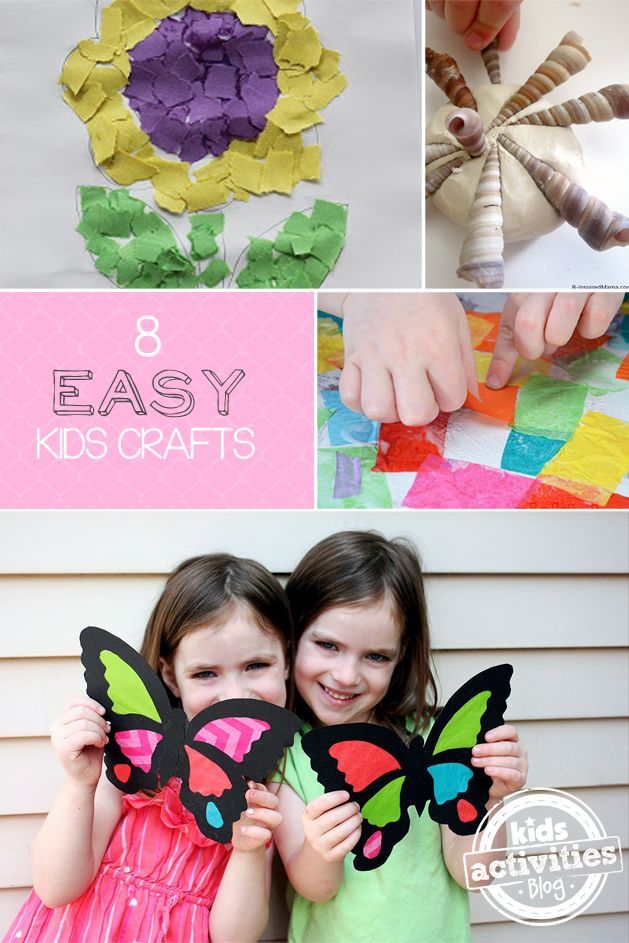 It helps children learn about people from diverse backgrounds, avoid stereotypes and understand equality. For example, you could encourage children of all genders to dress up as nurses or builders. Or choose stories or songs from diverse cultures or languages.
It helps children learn about people from diverse backgrounds, avoid stereotypes and understand equality. For example, you could encourage children of all genders to dress up as nurses or builders. Or choose stories or songs from diverse cultures or languages.
Music, sound, movement and dance: creative activities for school-age children
Your child might enjoy making music, either copying songs they know or making up their own. Your child might also be keen to experiment with volume, echo, rhythm, tempo and pitch. And they might be ready to use musical symbols and notes to learn how to play a piece of music.
Also, at this age, children can often control and move their bodies in expressive ways. You’ll probably see your child moving more in time with music. Or your child might start making up dance sequences to popular music or songs.
Here are some ways for your child to get creative with music, sound, movement and dance:
- Let your child play or make sounds using bought instruments or instruments you already own.
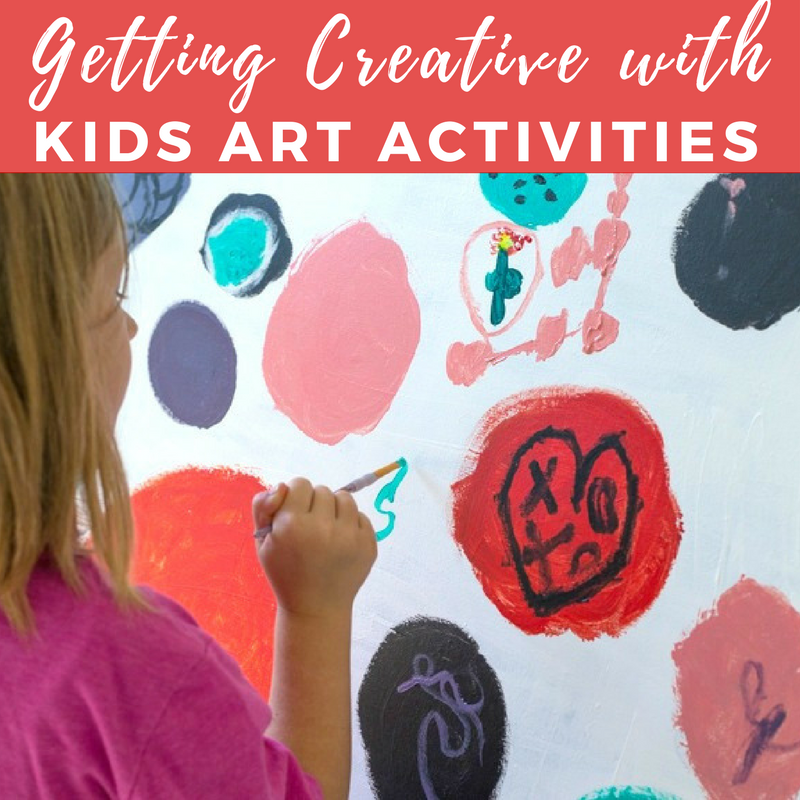 Encourage your child to try different volumes, tempos and rhythms, or copy the way you play.
Encourage your child to try different volumes, tempos and rhythms, or copy the way you play. - Listen to the musical pieces Peter and the wolf and The carnival of the animals, which use different instruments to represent different animals. Guess what animal the music represents, copy the sounds and make up movements to go with the music.
- Encourage your child to hum a favourite song, and try to guess what they’re humming. You can have a go too.
- Use body percussion with singing. You and your child can tap your shoulders, knees or elbows to the beat of a song.
- Play with music apps that allow your child to make songs and beats using the sounds of different instruments.
- Dance to different rhythms and music. Or make up dance sequences about people, animals, machines, plants – whatever interests your child. Your child can teach you some dance moves too.
If your child wants to learn a musical instrument, encourage them to listen to a range of instruments and musical styles so they can work out what interests them the most.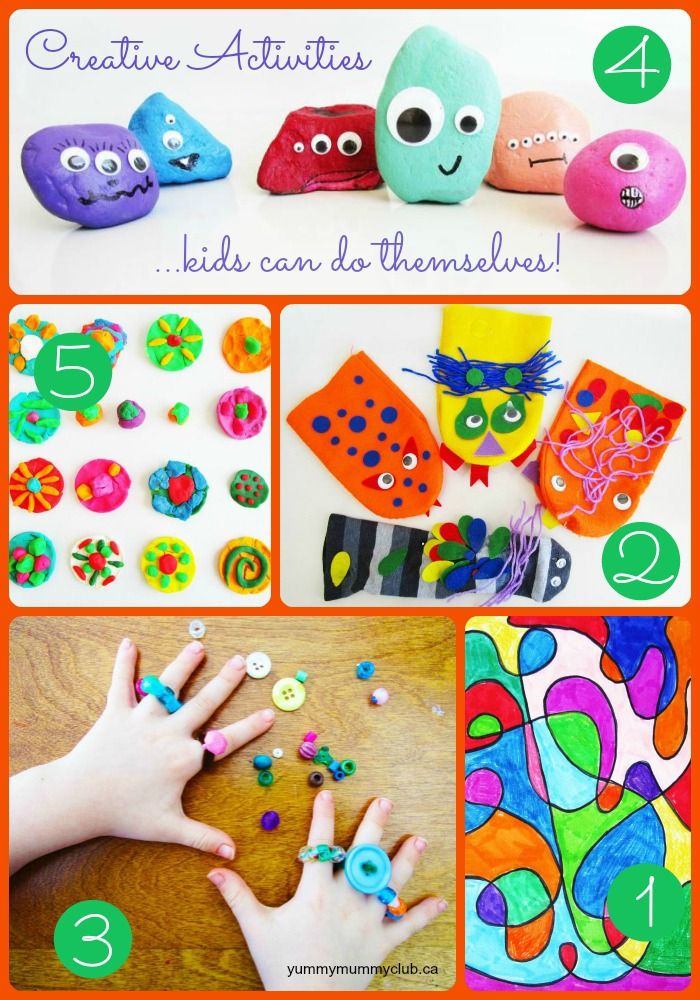 For example, play orchestral music, electronic music and popular bands. Or go to see different live music acts at a local festival.
For example, play orchestral music, electronic music and popular bands. Or go to see different live music acts at a local festival.
Creative activities for children with diverse abilities
You can adapt creative activities to suit school-age children with diverse abilities. For example, if your child:
- needs help with creative play skills, you could model simple actions – for example, show your child how to growl like a monster or bang a drum, or break down the activity into easier steps or use written or picture instructions to help your child understand what to do
- has sensory sensitivities, give your child tools to touch things like playdough, play music more quietly or introduce new textures and colours slowly
- has vision impairment or fine motor difficulties, use larger materials and tools – for example, make collages with large oak leafs instead of petals, or use chunky crayons instead of pencils
- has a lot of energy, encourage bigger movements like jumping, swaying arms, stretching, crouching or shaking
- has limited mobility, collect play materials for your child and put them within easy reach.
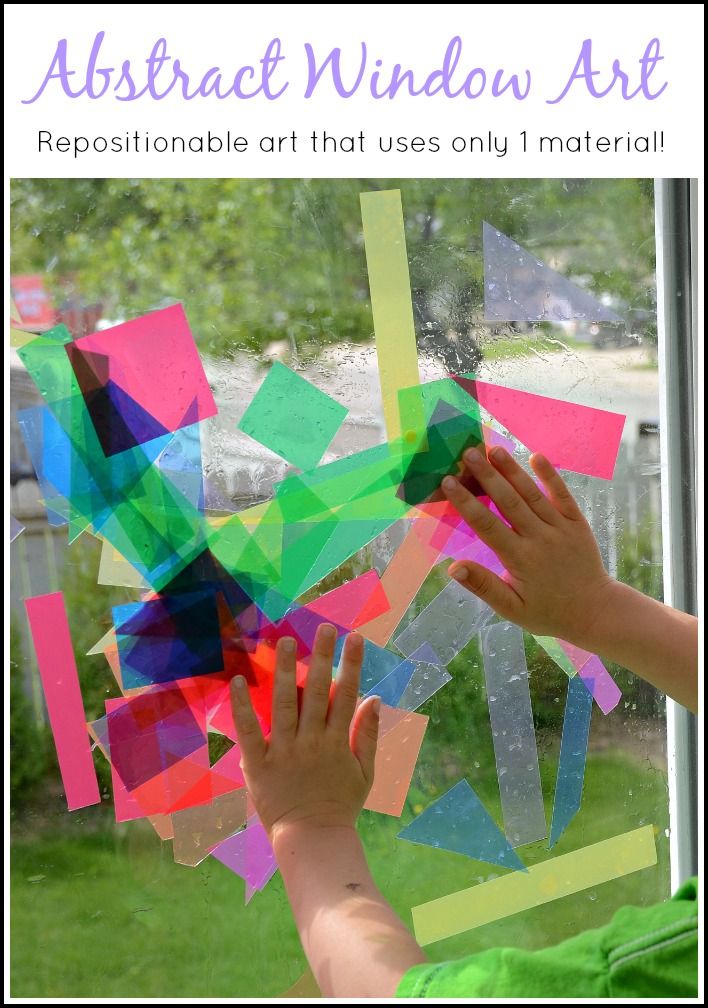
15 Fun and Exciting Creative Activities for Kids
As any mother would know, it is hard to keep your child occupied for long periods of time. Children usually have a notoriously small attention span, making it difficult for their caretakers or parents to breathe in peace. It is especially beneficial to have some activities lined up for your child if you crave some time to yourself and also want to help your child improve in the meantime.
Video: 7 Fun and Exciting Creative Activities for Kids
Activities for children have to be chosen carefully, as a lot of their mental and intellectual growth depends on what they do during the formative years. An exercise that can work the brain while also intellectually stimulating the child can have a telling effect on their development.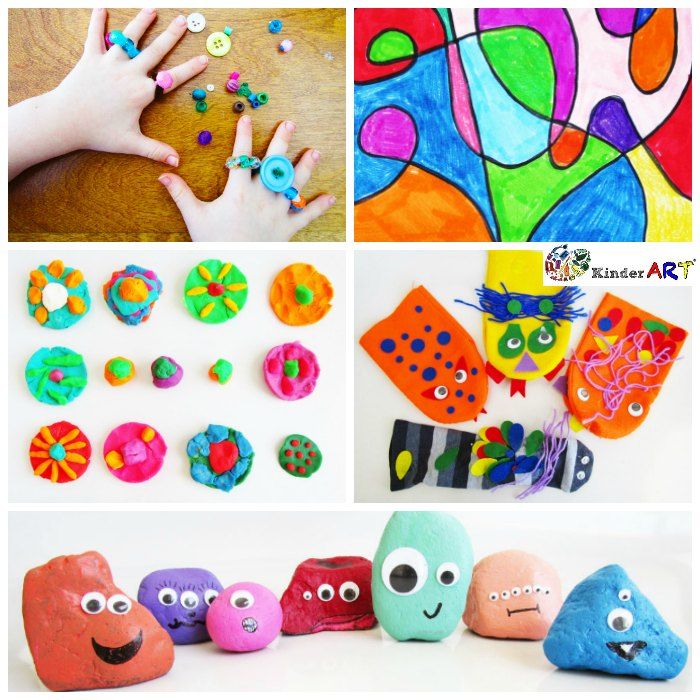 Therefore, it is imperative that parents choose the activities that their children do with great care.
Therefore, it is imperative that parents choose the activities that their children do with great care.
Fun Creative Activities for Children
Here are some of the best creative activities for children:
1. Cut and Glue
Using scissors is an activity that all children take some time to learn and is an important motor skill too. This is one of the creative craft activities for kids which helps them build their creativity and also create memorable pieces of art.
What You Will Need:
- A pair of scissors
- Coloured paper with predetermined shapes
- Glue
- Drawing paper
How To Perform:
- Encourage the child to cut through the predetermined shapes on the coloured paper.
- You can start with simple shapes and make them complex once your child gets a hang of it.
- Let him stick the cutouts on the drawing paper to create an artwork.
2. Sticker Fun
Stickers were some of the best aspects of all our childhoods, and they also have beneficial effects on the child. Stickers help build motor skills, as the child concentrates on peeling it off without damaging the paper body, and it also teaches them to be patient.
Stickers help build motor skills, as the child concentrates on peeling it off without damaging the paper body, and it also teaches them to be patient.
What You Will Need:
- Stickers
- Drawing Paper/ or a book
How To Perform:
- Give a wad of stickers to your child, and encourage him to peel them off and stick them the way they like in a book or on a drawing paper.
- This helps build their creativity, and the resulting artwork is sure to be one to keep for ages.
3. Raised Salt Painting
A tried and tested favourite among children, salt painting is ridiculously fun to do and also an activity that helps improves the child’s creativity. Salt painting can bring out a real potential for art among children, no matter how disinterested they seem at first.
What You Will Need:
- Epsom Salt
- Food colour in varied colours
- Glue
- Drawing paper
- Pencil
- Paper plates
How To Perform:
- On a paper plate, add a few drops of food colour on some Epsom salt and mix.
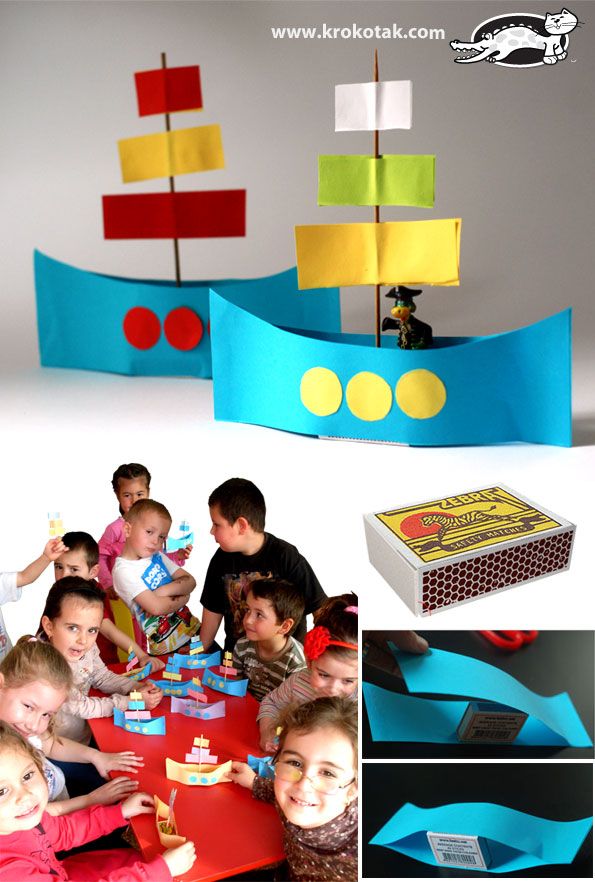 Repeat this process for all the colours the child wants.
Repeat this process for all the colours the child wants. - Let your child draw his favourite shapes and patterns on the drawing paper.
- Help him apply glue on the designs and then pour the coloured salt over the glued areas.
- Let it dry.
4. Drawing With Oil Pastel
Although it is not strictly an activity meant for children, oil pastel painting is highly stimulating and also fun to do. Encourage your child to draw various shapes on a canvas, and fill it in a variety of ways.
What You Will Need:
- Oil pastels
- Drawing paper
- Baby oil
- Cotton buds
How To Perform:
- Let your kid draw his favourite things on a drawing paper with the oil pastels and fill in the colour. Encourage him to make as many shapes as he wants.
- For a fine, painting-like art effect, give him some baby oil and help him smear it on the painting with a cotton bud.
- The baby oil can make any art look vibrant and deserving of being hung on the refrigerator.
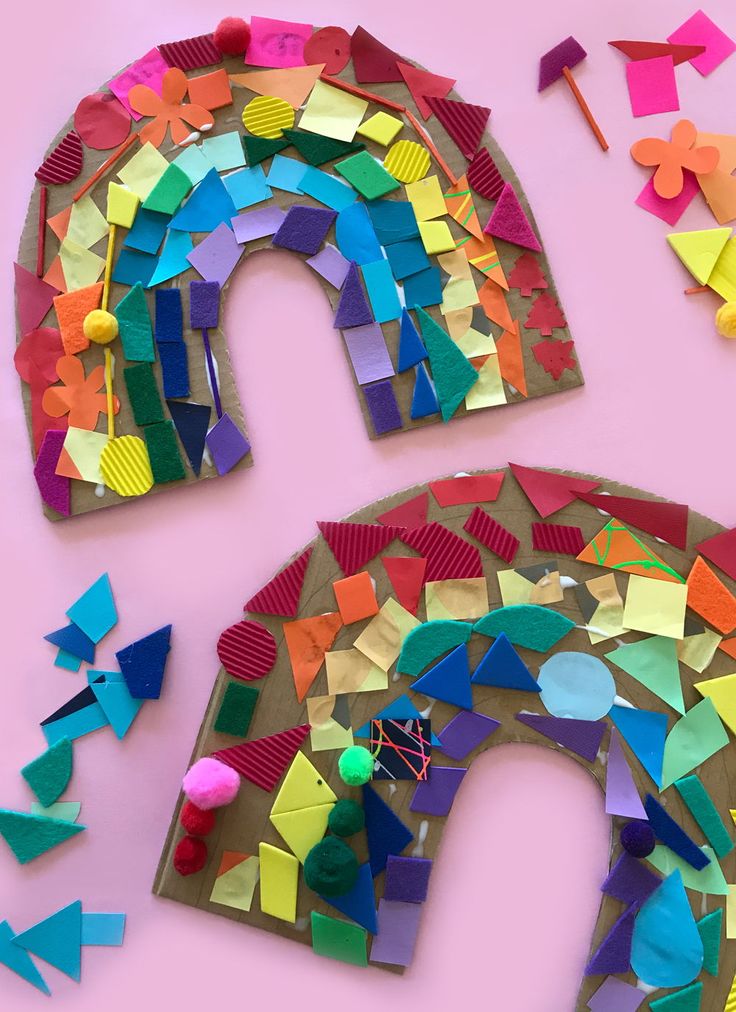
5. The Back-And-Forth Drawing Game
Creative games for kids, such as this one, require active participation from the parent, and can greatly help in bringing your child closer to you. This game involves drawing a common image alternatively, so children are forced to think on their feet and make stuff up as the game progresses. This stimulates creativity in your child, as the game becomes harder with each step.
What You Will Need:
- Colour pencils/ crayons
- Drawing paper
How To Perform:
- Start by drawing an unassuming picture on a paper, and pass it onto your child.
- The child is to add something of his own accord to the image.
- Both of you then proceed to build on the drawings of the previous person.
6. Playdough Modelling
Playdough has been a mainstay in toy stores for ages. Not only is it cheap, but it is also a highly fun and creative item to play with. Creative art activities for preschoolers, like this one, are simple.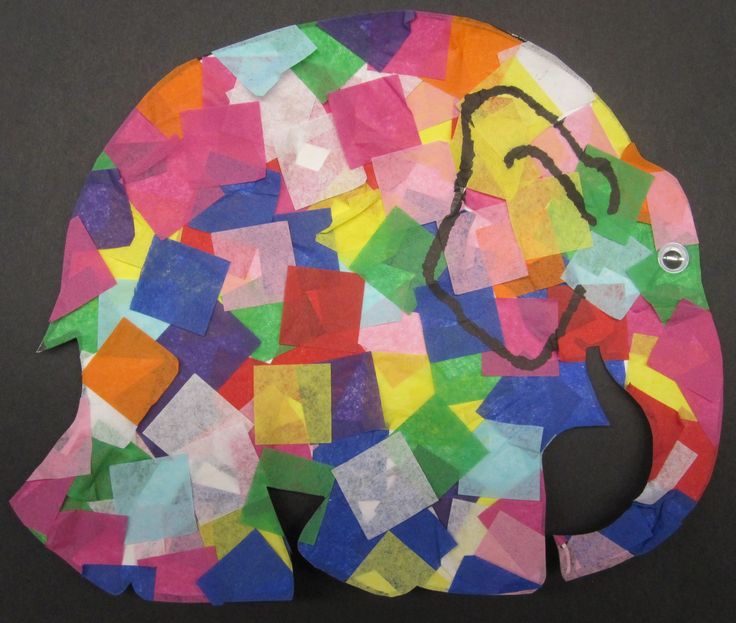 Just provide some playdough to your child, and let his imagination take over. Soon, the child will be seen making shapes of increasing complexities. Playdough easily stimulates the brain and makes the child think hard to make different shapes.
Just provide some playdough to your child, and let his imagination take over. Soon, the child will be seen making shapes of increasing complexities. Playdough easily stimulates the brain and makes the child think hard to make different shapes.
What You Will Need:
- Playdough
- Poke-ins
- Playdough mats
How To Perform:
- Give your child some playdough and let him make shapes of his choice.
- You may sit next to him and assist or have fun making your own shapes.
- Encourage him to use poke-ins, and playdough mats to make textures on his shapes.
7. Marble Painting
Marble paintings are fun to do and great to look at, so your child is sure to not get bored with this activity any time soon.
What You Will Need:
- Watercolour
- Drawing paper
- Some marbles
How To Perform:
- Encourage your child to dip the marbles in the paint and draw shapes on the paper.
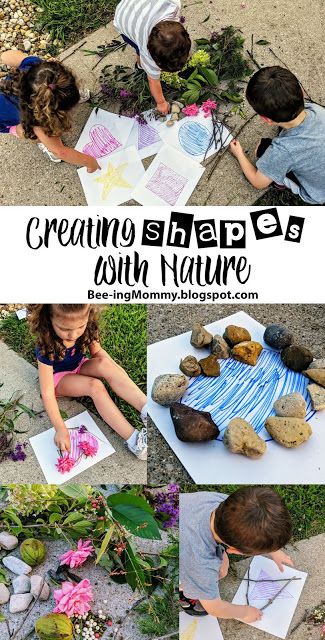
- The child can roll the marbles to create interesting patterns or hold them in between his fingers and carefully draw his favourite shapes.
8. Water Balloon Painting
Water balloon painting is another great way to add new textures and techniques in your child’s activities. With this activity, your child can learn how to play with textures.
What You Will Need:
- Some water balloons.
- Watercolour
- Paper plates
- Drawing paper/ canvas
- How To Perform
How to Perform:
- Start with getting your child to fill some water in the water balloons. You may help them tie the opening so that the water doesn’t spill while he is painting.
- You can have him fill different amounts of water to give him more sizes to experiment with.
- Remove your child’s favourite colours on different disposable paper plates.
- Let your child dip the water balloons in the colour. He can dab the balloons or drag and roll them as he pleases on the drawing paper.

9. Elephant Toothpaste
Elephant toothpaste fits the bill perfectly as one of the best creative thinking activities for kids. Watch your child curiously play with jumbo-sized toothpaste-like substance, which is created out of harmless ingredients.
What You Will Need:
- Safety goggles
- Dry Yeast
- A plastic bottle
- Liquid soap, preferably dish soap
- 6% peroxide
- Edible colour
- Warm water
How To Perform:
- Help your child put on the safety goggles.
- Take some 6% peroxide in the bottle.
- Add dish soap and colour.
- Stir the bottle.
- In another container, take some yeast and add warm water to it.
- Add the yeast mix to the bottle with peroxide, dish soap and colour.
- Step back with your child and watch the mixture lather up and flow out of the bottle in wonderful shapes and forms!
10. Shaving Cream Playdough
For a more interactive creative game for kids, you can choose to make dough out of shaving cream along with your child.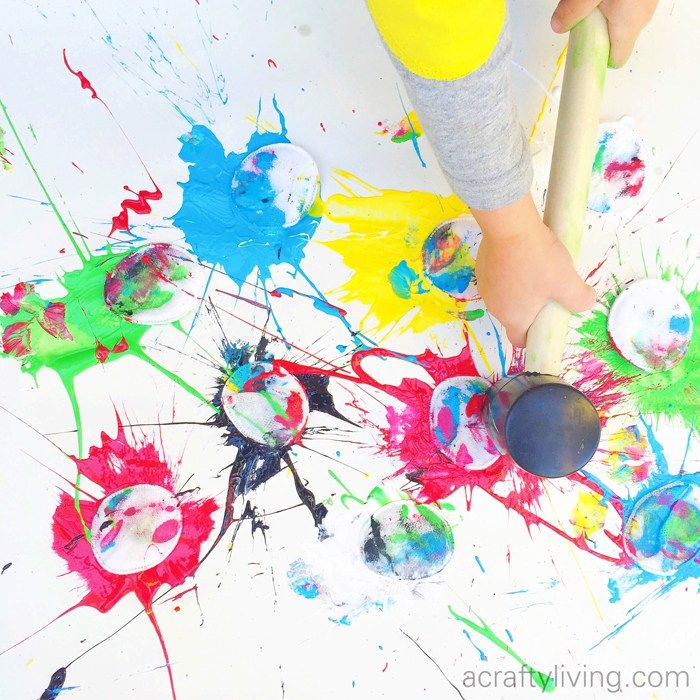 Colour the dough in various colours, and watch your child thrive creatively.
Colour the dough in various colours, and watch your child thrive creatively.
What You Will Need:
- 1/2 cup of cornstarch
- 1/2 cup of shaving cream
- Food colour
How To Perform:
- Help your child mix and knead the cornstarch, shaving cream and edible colour together.
- The dough would still look crumbly after a while but will be able to hold shapes.
- Let your child then create desired shapes and patterns with this dough.
11. Making Masks
Making masks can help kids truly think out of the box and use their imagination in creative ways.
What You Will Need:
- A construction plate
- A pair of scissors
- Glue
- Watercolour/ crayons
- A pencil
- Two rubber bands
How To Perform:
- Get your child to mark areas that need to be cut out on the construction plate (for your eyes, nose and mouth).
- Help him cut the plate as per the markings.
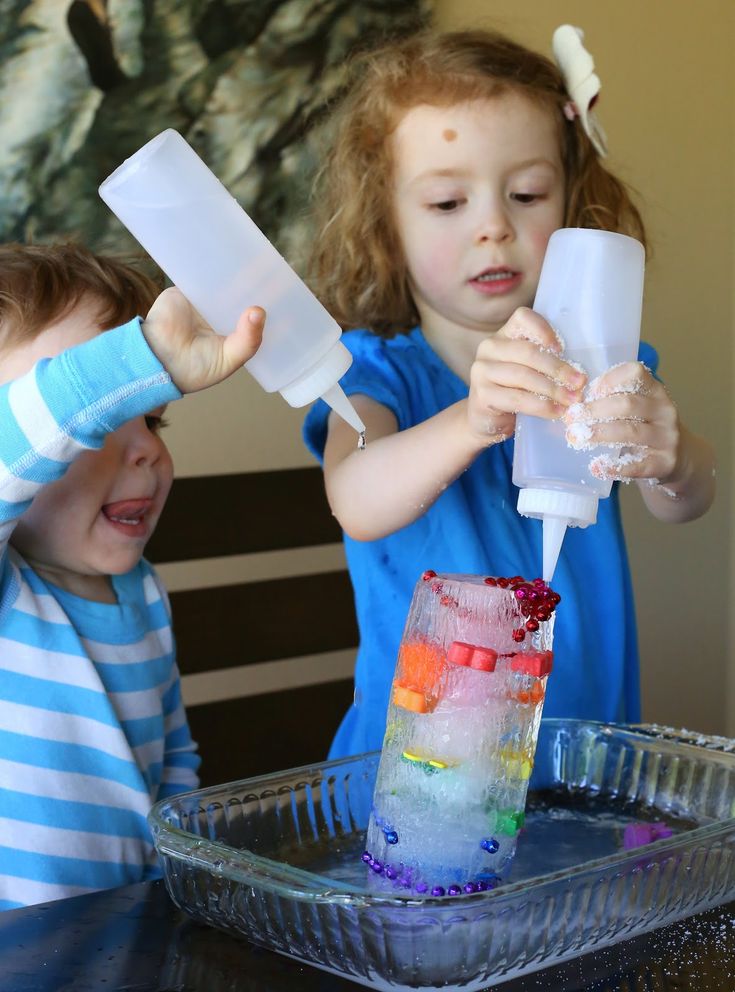
- Now, let your child colour the mask his way.
- Poke two holes on opposite sides of the plate.
- Tie a rubber band on each side, leaving a loop to put on the mask around the ears.
12. Finger Painting
Finger painting has traditionally been one of the messiest activities a child can do, but also one of the most creative.
What You Will Need:
- Watercolour
- Paint palette
- Drawing paper or canvas
How To Perform:
- Spread some newspaper on a table before your child starts painting.
- Remove all the colours he wants and let him paint shapes and patterns of his choice with his fingers.
13. Playing School
Playing school at home may not seem appealing, but believe it or not, your child will turn out to love it soon enough.
Things You Will Need:
- Some stationary
- A roll-up blackboard/ whiteboard
- Some chalk/ whiteboard markers
How To Perform
- Let your child play the roles of whomever he likes; let him choose if he wants to be the teacher or the student, or the principal or the school nurse.
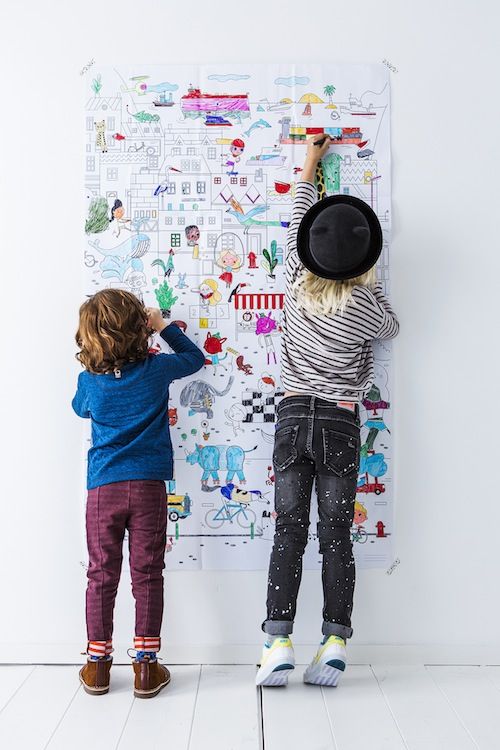
- Make him alternate various roles until he is satisfied with the dialogue and the outcome.
14. Glowing Dough
Children seem to have an attraction towards anything that glows, and glowing playdough is no different. This activity is advisable for older children who can handle being around the stovetop and are exposed to some amount of cooking. Nonetheless, you need to be around them at all times to prevent any accidents.
What You Will Need:
- 4 to 5 cups of water
- 5 cups of flour
- 2 cups of table salt
- 2/3rd cup of vegetable oil
- 2 tablespoon of cream of tartar
- Edible colour
- Glow in the dark paint
- Blacklight
How To Perform:
- On a stovetop and on a medium flame, mix all the ingredients except the edible colour and the glow in the dark paint.
- Let the mixture cook till it starts coming together like a gooey dough.
- Get it off the stovetop and let it cool a bit.
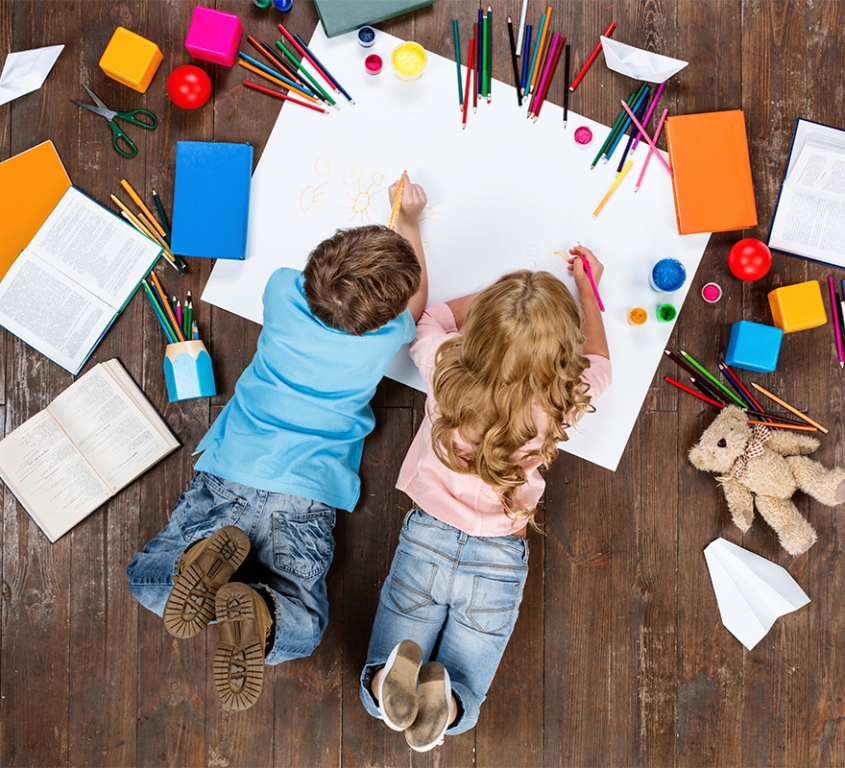
- While it is still a little warm, add the food colour and the glow in the dark paint.
- Knead the dough properly.
- You can store in a ziplock, and whenever your child wants to play, he can have some fun making shapes with the dough with some blacklight.
15. Toy Excavation
To make for a truly memorable evening for your child, excavating toys are a great idea. This can improve their motor and reasoning skills.
What You Will Need:
- Some plastic toys
- Utensils
- Water
- A dropper
- Some saltwater
- Brushes
How To Perform:
- Take enough water in the utensils and drop the toys in them. You may choose to drop one toy in each utensil or all of them in one large utensil.
- Keep the utensils in the freezer and let the water freeze.
- Then, remove the utensils, loosen the ice and drop it in a tray.
- Make your child excavate the toys carefully with the help of some saltwater, a dropper and some brushes.
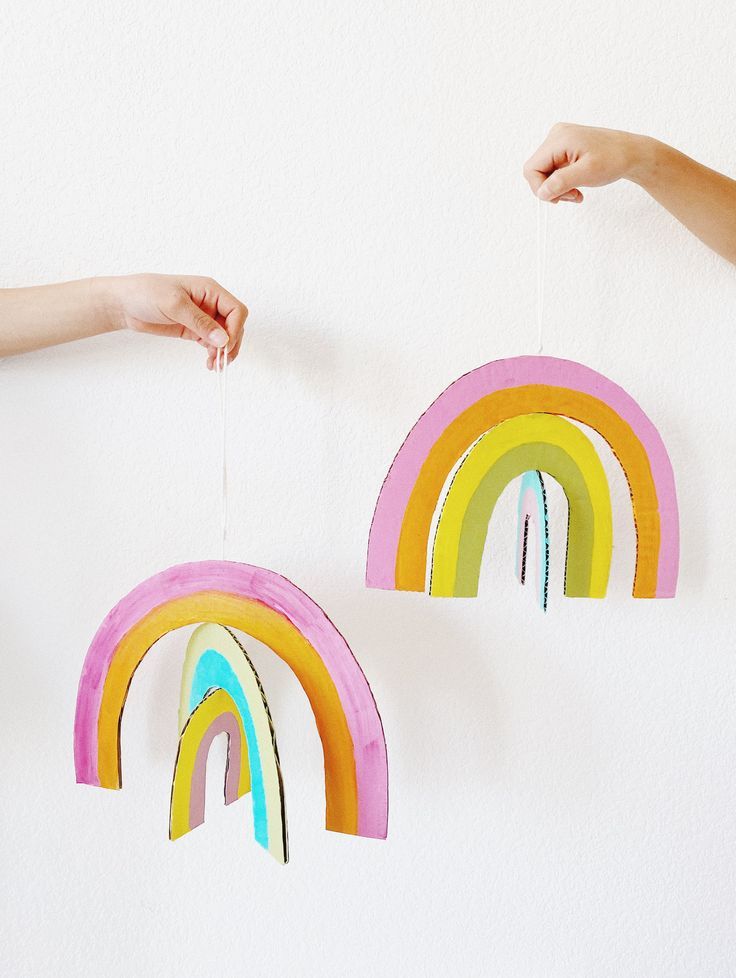
These creative activities will help you keep your energetic toddler happily engaged for long. By trying out these creative activities, his motor skills, reasoning skills, and observational skills will develop. If your child shows interest in craft activities, you can also get him craft kits too. The activities in the craft kits can help your child nurture his talents.
If you’re looking for a box full of activities that can not just keep your little one busy but also provide hours of learning through fun and play, subscribe to Intellikit, a monthly activity box subscription for kids. With interactive activities that ensure all-round development in kids through various types of play, your child will learn something each day while having fun. Subscribe to Intellikit and receive a unique box of fun learning at your doorstep every month!
These interesting activities can truly help your child have fun, learn something new, and also improve their cognitive and motor skills.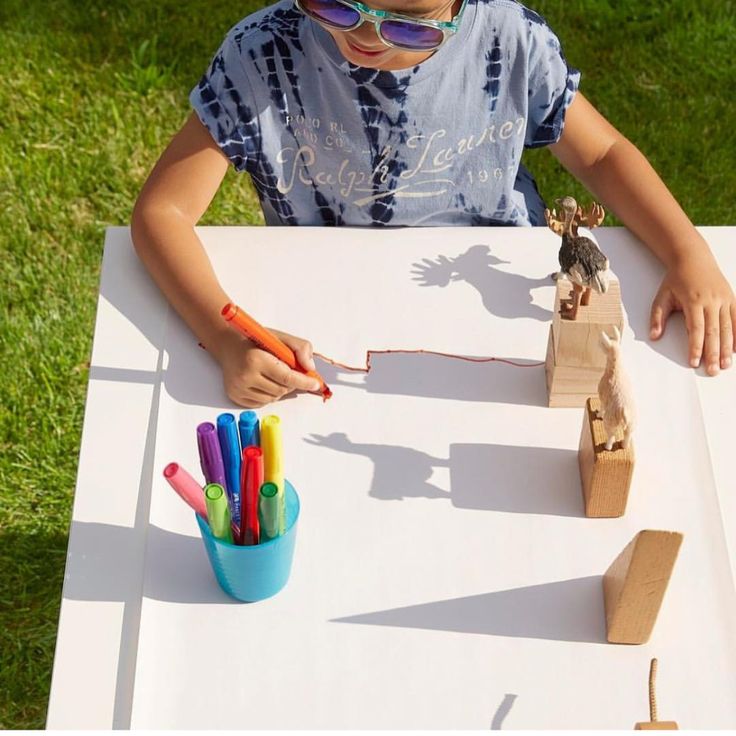
Also Read:
Fun Brain Games for Kids
Waste Material Craft Ideas for Kids
Creative activity of a preschool child
Parents and teachers of a preschool educational institution (kindergarten) often face the following questions: What is the creative activity of a preschool child? What should it be and how to organize it correctly? How to develop creativity in preschoolers?
Also, see: organization of creative activity of students
Creative activity at preschool age is considered to be the activity of the child, aimed at his development and allowing him to realize his needs and desires in the knowledge of the world and self-expression.
Creative activity at preschool age makes it possible to reveal the child's creative abilities and develop them. The process of developing the creative abilities of children can be carried out at home with their parents, in kindergarten, in circles and sections.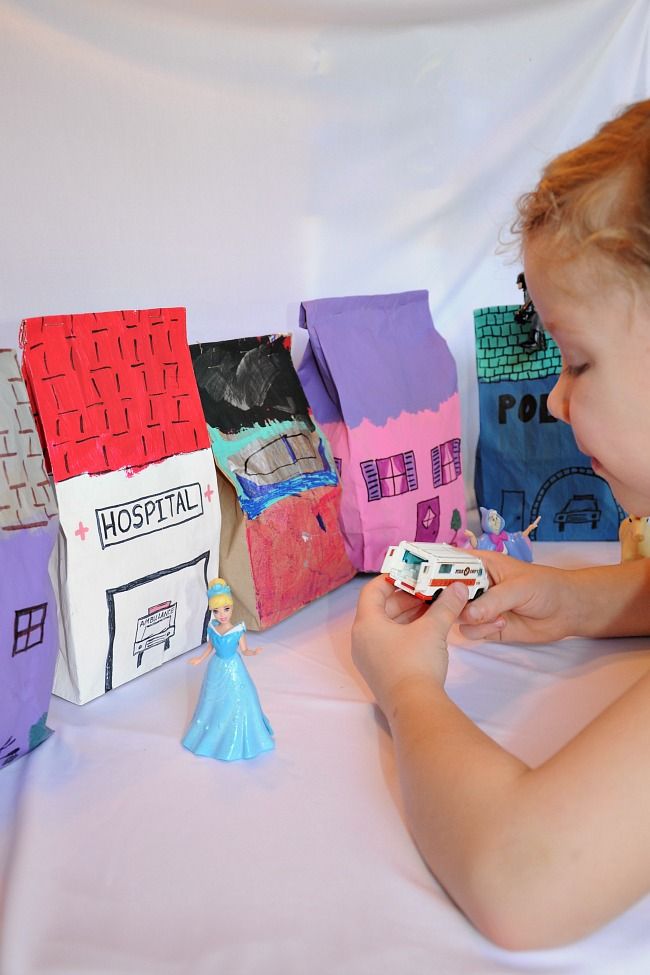 The main goal of organizing creative activity in preschool age is the formation of a creative approach in children in solving the tasks assigned to them.
The main goal of organizing creative activity in preschool age is the formation of a creative approach in children in solving the tasks assigned to them.
In preschool educational institutions, the creative development of children is carried out through exhibitions of drawings and crafts, thematic events and performances with the participation of children.
Preschool children are inquisitive and have non-standard thinking, which can manifest itself in their creativity, therefore it is very important for teachers and parents to provide support and assistance in the creative endeavors of the child. The child's perception of artistic and poetic images occurs due to his constant contact with literary works and works of oral folk art, the study of painting and music.
The following types of creative activity in preschool children are distinguished:
- Playing activities;
- Productive activities;
- Musical activities;
- Theatrical activities;
- Artistic and speech activity.
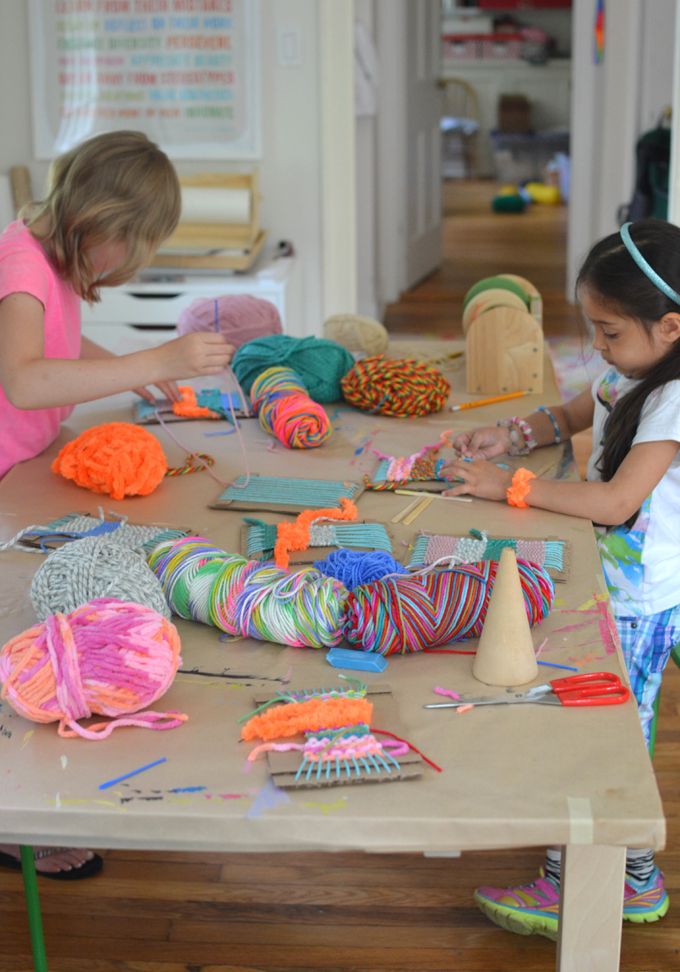
Among the developmental and creative activities of preschoolers in preschool educational institutions, games are especially distinguished, aimed at developing the right hemisphere of the child, which is responsible for creative abilities.
For example, learning unusual drawing techniques, writing a poem or a fairy tale, expressing emotions without words, depicting an unusual animal or imaginary city by drawing or modeling, etc.
In the game, children form an idea of reality, the first experience of living the situation and solving problems without the help of an adult. The more varied the games, the better the all-round development of the child.
Productive creative activities young children allow children to develop construction and image skills. The purpose of the productive activity of the child is to obtain a certain product for him: a drawing, crafts, structures from the designer.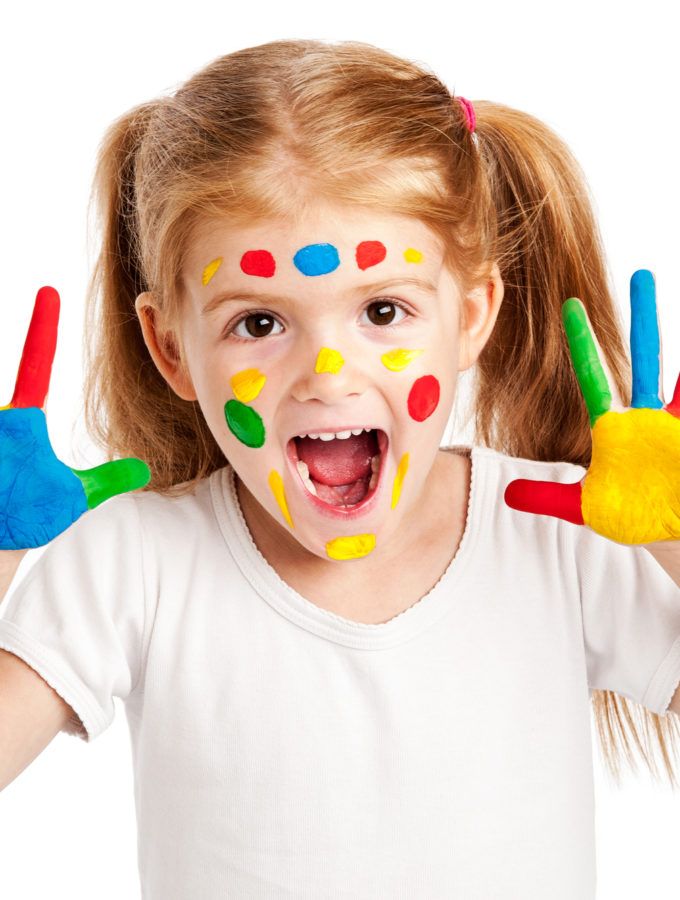 Productive activity among preschoolers contributes to the development of the child's cognitive processes, skills and abilities necessary to create the required product, forms the desire to obtain the desired result.
Productive activity among preschoolers contributes to the development of the child's cognitive processes, skills and abilities necessary to create the required product, forms the desire to obtain the desired result.
Musical activity plays an important role in the development of visual-spatial coordination, musical ear and motor skills in a preschool child. Playing musical instruments, rhythm and singing allow the child to develop harmoniously in an emotional and rational direction, to adapt to various situations.
Theatrical activity of children at preschool age is of particular value, as it allows the child to try on different roles, gives him the opportunity to show his abilities in the proposed circumstances, includes various types of creativity.
Artistic and speech activity at preschool age involves listening to works of art and folklore by children, familiarization with simple literary terms, retelling of fairy tales, reading poems by heart, mastering figurative and expressive speech, acquiring the skills of rhyming words.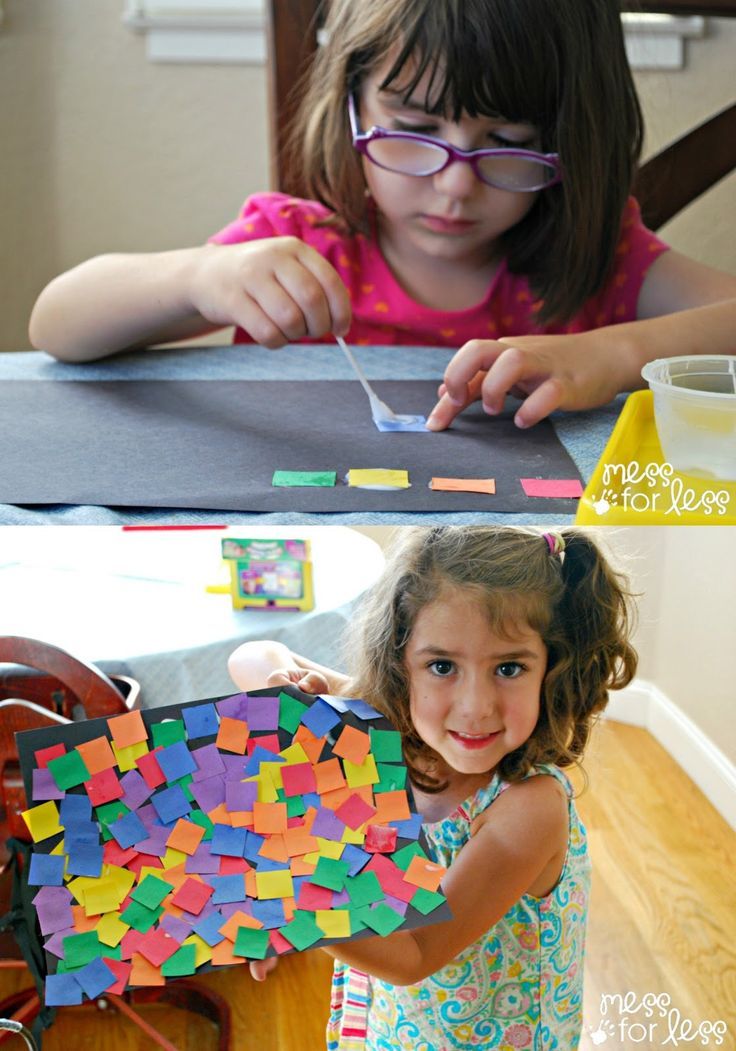
Activities may vary depending on the child's personal interests and mood.
Creative development of a child is carried out not only through applied and other forms of art, but also during walks in city parks, excursions to museums and sights, trips to nature, etc.
During creative activities, a child develops aesthetic taste, develops thinking and motor skills, perseverance, ingenuity, striving for creative achievements.
Creativity allows a preschooler to express himself most fully, to show his individuality, while the way of expression does not matter, the main thing is that the child likes it.
A key aspect of creative activity in a preschool child is his genuine interest in creativity and the desire to do and create something.
The proposed methods for the development of imaginative thinking and imagination in preschool children can be used both in a preschool educational institution by teachers and by a parent during homework.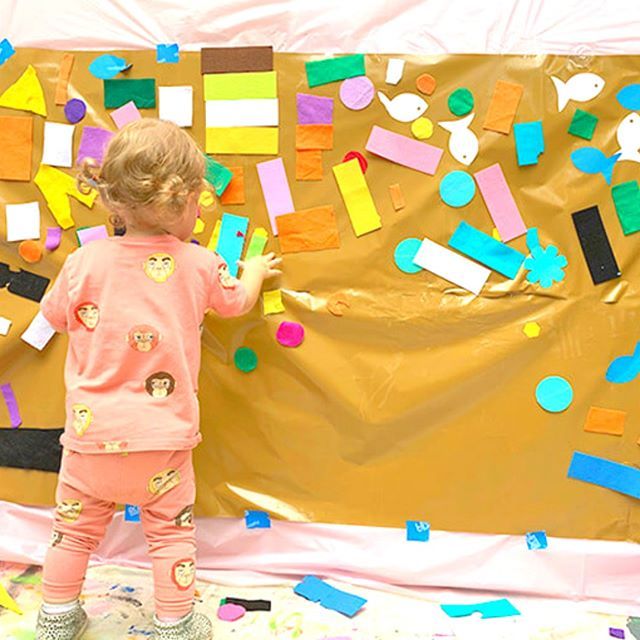
1. Observation of the surrounding world
This method refers to the knowledge and analysis of objects and phenomena surrounding the child. For example, the study of plants and animals, natural phenomena (wind, rain, dew), and so on.
2. Educational games
Educational games can be of different nature. For example, puzzles, mosaics, constructors, games with a playing field and cards require concentration and perseverance. The choice of the difficulty of the game should correspond to the age and development of the child.
Developing games that can be played with a child regardless of place and time include games with words or cities, edible/inedible and others.
3. Artistic creativity
Engaging in any kind of fine art develops the child's creative abilities. In addition to the classic way of drawing with paints and pencils, a child can show imagination, using a wide variety of materials and surfaces to create a drawing.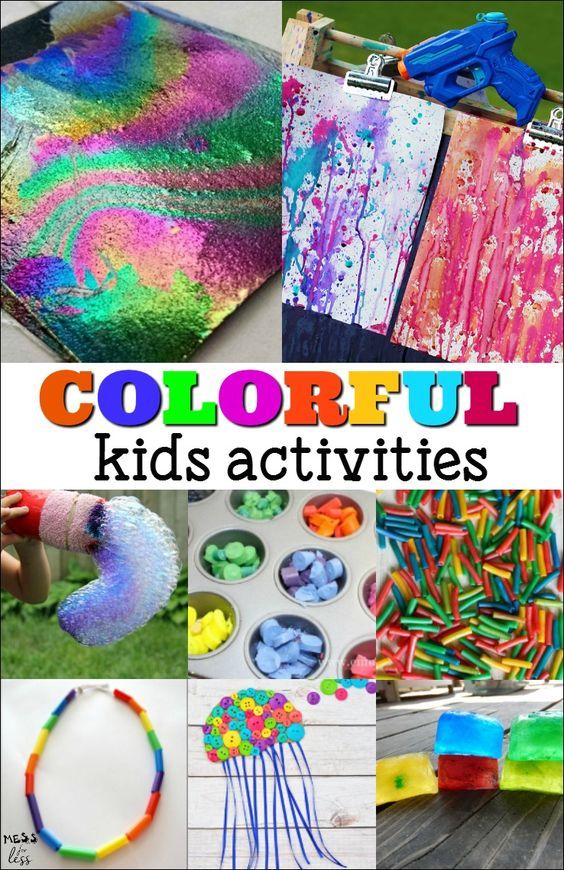
Sculpting, like nothing else, develops fine motor skills, helps the child master simple geometric shapes, develop imagination in ways of depicting animals or ordinary objects.
In the same way, the creative potential of the child is revealed during his work on the application.
4. Reading
Listening to fairy tales, children's poems and stories forms an active vocabulary in a child and develops imagination.
5. Music
Music allows a child to develop an aesthetic perception of the world and feel harmonious and whole. The background accompaniment of any activity of the child with classical music has a beneficial effect on his mental health and emotional state, develops the right musical taste.
Music lessons provide the child with a sense of tact and musical ear, develop vocal abilities.
The development of creative abilities in preschool children should take place in a relaxed playful way, taking into account the personal interest of the child.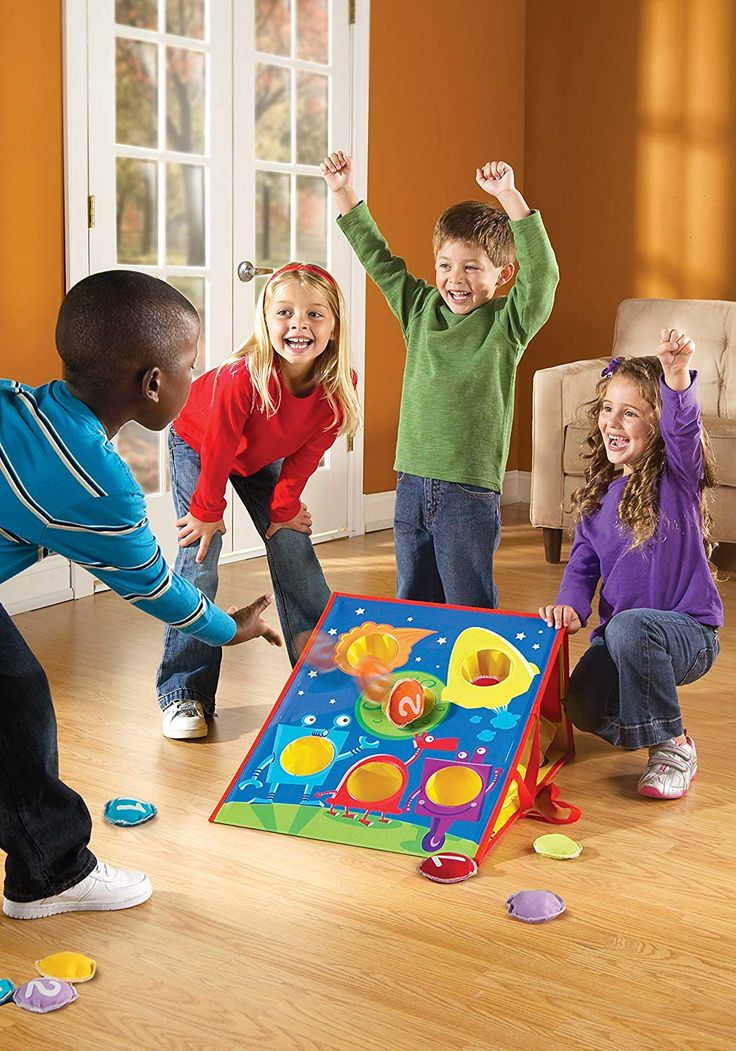 Only in this case, this activity will be successful and bear fruit in the future.
Only in this case, this activity will be successful and bear fruit in the future.
If you liked the page, share it on social networks:
Creative activity as the basis for the formation of abilities in preschool children
References:
Anikina, AP Creative activity as the basis for the formation of abilities in preschool children / AP Anikina. - Text: direct // Education: past, present and future: materials of the I Intern. scientific conf. (Krasnodar, August 2016). - Krasnodar: Novation, 2016. - S. 23-26. — URL: https://moluch.ru/conf/ped/archive/205/10892/ (date of access: 11/17/2022).
Emotions, creativity, aesthetic thinking, emotional sphere, emotional distress, personal development, education, education of emotionally expressive image, emotions, feelings, classes, senior preschool age.
In his article author gives concrete recommendations and identify conditions for teachers who have contributed to the development of abilities, emotional sphere of preschool children, the formation of the ability to choose and use the art materials in painting that would provide a holistic approach to this issue.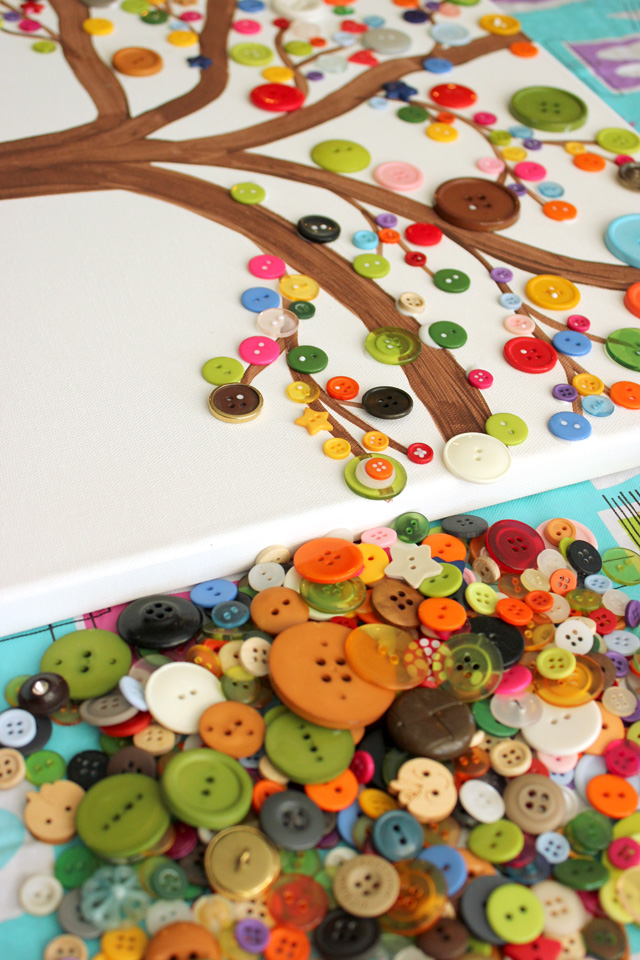
Article author demonstrates a serious approach to the problem, because this study helps the teacher understand what the child is in the process of developing creative activities not only thinking, imagination, creativity, but also recognizes the emotions of another person, and that the formation of "emotional intelligence". Understanding your emotional state, and the other person's emotions contributes to the harmonious building emotional bonds with others, improve the quality of communication.
Keywords: emotions, creativity, aesthetic thinking, emotional sphere, emotional distress, personal development, education, education of emotionally expressive image, emotions, feelings, classes, senior preschool age.
The problem of the formation of abilities in preschool children is relevant for teachers and psychologists not only working directly with children, but also engaged in the theoretical study of the characteristics of the development of preschool children and ways to correct them.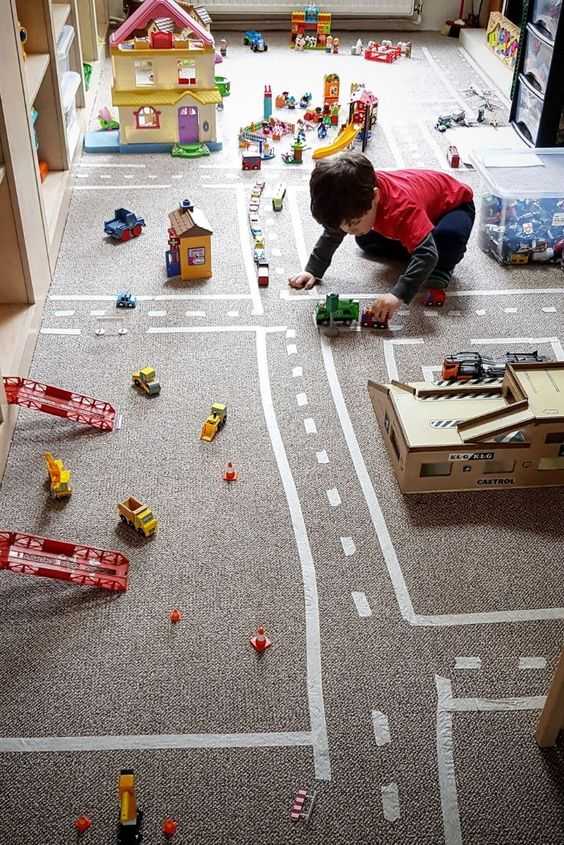 Creativity and the child are two integral components of the development process. Any child is happy to draw, sculpt, make crafts and creativity - this is what brings joy to the child. But this is not only joy, positive emotions, emotional experiences about the process of activity of its result [Carroll, 1980, p. 21, p. 201–206]. Creativity contributes to the development of all mental processes, namely, thinking, attention, memory, imagination, perception. Creativity develops the emotional sphere of the child, strengthens and develops fine motor skills of the hand, contributes to the development of such qualities as perseverance, the ability to complete the work begun, determination. Therefore, it is so important to pay more attention to creative activities with children, to encourage them, to develop the imagination and imagination of preschoolers.
Creativity and the child are two integral components of the development process. Any child is happy to draw, sculpt, make crafts and creativity - this is what brings joy to the child. But this is not only joy, positive emotions, emotional experiences about the process of activity of its result [Carroll, 1980, p. 21, p. 201–206]. Creativity contributes to the development of all mental processes, namely, thinking, attention, memory, imagination, perception. Creativity develops the emotional sphere of the child, strengthens and develops fine motor skills of the hand, contributes to the development of such qualities as perseverance, the ability to complete the work begun, determination. Therefore, it is so important to pay more attention to creative activities with children, to encourage them, to develop the imagination and imagination of preschoolers.
Psychologists such as B. G. Ananiev, E. A. Golubeva, S. L. Rubinshtein, and B. M. Teplov studied individual differences and features of the formation of children’s abilities.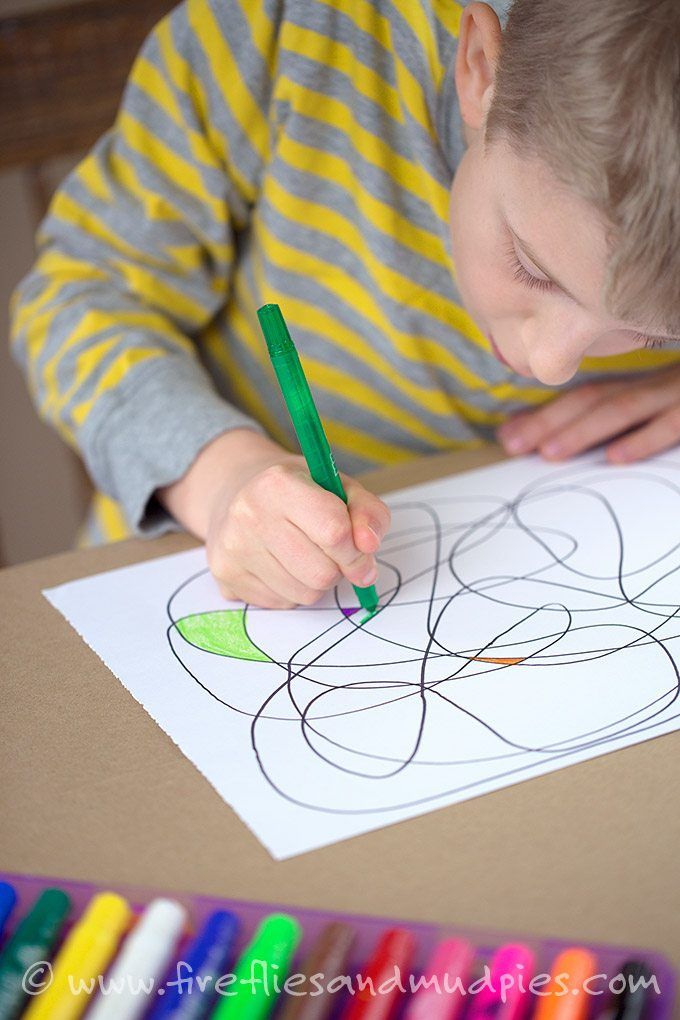 V. S. Kuzin and S. L. Rubinstein spoke about the connection between the creative activity of children and their needs.
V. S. Kuzin and S. L. Rubinstein spoke about the connection between the creative activity of children and their needs.
Creative activity is a form of human activity in which something new is created that did not exist before. The problematic situation is an incentive for creative activity. It reveals both the flexibility of human thinking, and the integrity of perception, and the ability to independently set a task, to find ways to solve it in an unconventional way. Creative activity is closely connected with the development of artistic abilities. This is the ability to artistic creativity in any field of art. When evaluating abilities for artistic creativity, we pay attention to both the ideological plan (how the idea is embodied in the work) and the technical aspect (how the child chooses adequate means of expression). Artistic abilities are closely related to creative activity. The ability of a child to translate his idea into a work depends on the degree of development of his artistic abilities. So, what is important for the development of these abilities in a preschooler? It is very important to create an environment that would stimulate a variety of creative activities. Also, the child should have freedom in choosing activities. If a preschooler can choose what to do, then this will avoid fatigue, overwork, and will allow him to maintain interest in creativity for a long time [Blashchuk, Dissertation, 1985]. The role of an adult in the creative process is help, a hint that does not harm the creative process. In the process of developing the child's creative abilities, a friendly, comfortable environment, the ability to understand and accept even the most unusual ideas of the child and help him to translate them into his work is important.
So, what is important for the development of these abilities in a preschooler? It is very important to create an environment that would stimulate a variety of creative activities. Also, the child should have freedom in choosing activities. If a preschooler can choose what to do, then this will avoid fatigue, overwork, and will allow him to maintain interest in creativity for a long time [Blashchuk, Dissertation, 1985]. The role of an adult in the creative process is help, a hint that does not harm the creative process. In the process of developing the child's creative abilities, a friendly, comfortable environment, the ability to understand and accept even the most unusual ideas of the child and help him to translate them into his work is important.
According to Rubinshtein, I. Ya. Lerner, V. S. Kuzin, if the activities of children correspond to their needs, the child experiences a different range of emotions. Creative practice satisfies the needs of the child to engage productively and reflect the acquired impressions, explore the world and master new skills and abilities.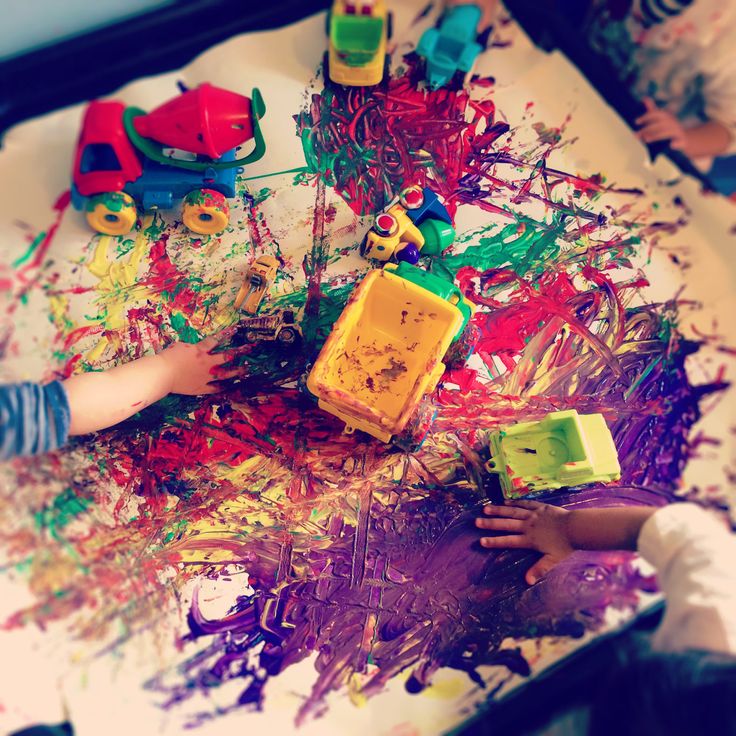 The result of the creative process is not only a product of activity, but also the emotions that it evokes in the author and viewers. During the time when the child "creates", he experiences a different range of emotions. In expressing the entire spectrum of emotional polarity, various symbols widely used by children of all age groups play an important role (for example: in the painting “Portrait of Mom”, her poor emotional state, experience, mood was reflected not only in tears on her face, but also in images on the back The child said that the mother had an ocean of tears.) Sometimes the phenomena of the surrounding world, be it a situation, an image, an experience associated with them, are reflected in the details of a drawing, application, sculpture that at first glance have nothing to do with reality, they are hypertrophied beyond recognition. For example, disproportion can be used (for example: soldiers of the same size, and the commander is twice as large) [Denisova, 1974, p. 140].
The result of the creative process is not only a product of activity, but also the emotions that it evokes in the author and viewers. During the time when the child "creates", he experiences a different range of emotions. In expressing the entire spectrum of emotional polarity, various symbols widely used by children of all age groups play an important role (for example: in the painting “Portrait of Mom”, her poor emotional state, experience, mood was reflected not only in tears on her face, but also in images on the back The child said that the mother had an ocean of tears.) Sometimes the phenomena of the surrounding world, be it a situation, an image, an experience associated with them, are reflected in the details of a drawing, application, sculpture that at first glance have nothing to do with reality, they are hypertrophied beyond recognition. For example, disproportion can be used (for example: soldiers of the same size, and the commander is twice as large) [Denisova, 1974, p. 140].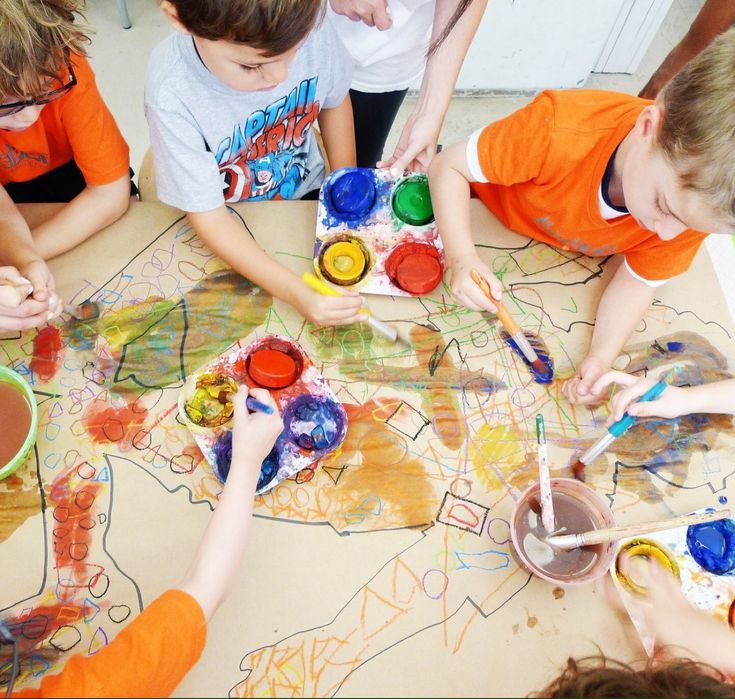
Children also react emotionally to the depiction of female and male characters. With correct gender identification, the process of depicting female characters in girls and male characters in boys is easier and has more successful results than in the opposite case, when boys draw women and girls draw men. When depicting female characters, girls like to use bright colors, jewelry, beautiful clothes, and depict accessories. Boys draw courageous, strong male characters. Their drawings are more concise, contain fewer additional details.
In working with preschoolers, the level of training of educators and the creation of optimal conditions for creative activities are also important. The teacher-educator must understand the specifics of working with each visual material, the “language” of this material, through which it will be easier for the child to express certain emotions. In the development of imaging techniques, for example, in art therapy, where all kinds of materials are widely used, the emphasis is placed precisely on the connection of their properties with the internal sensations of a person.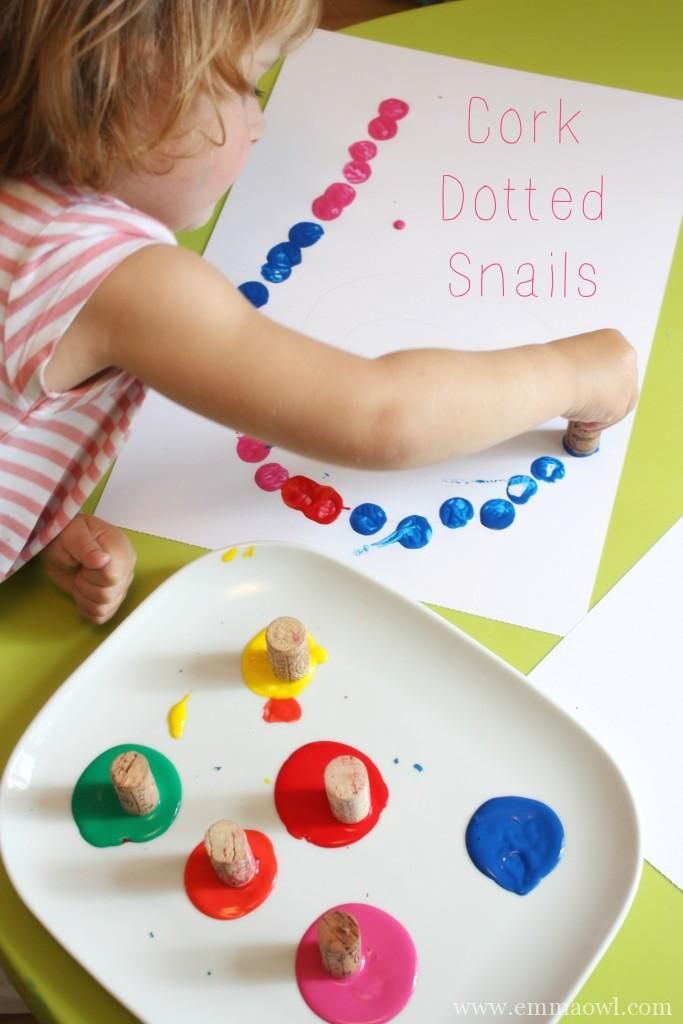 Work with each individual material (paper of various quality and size, paints (watercolor, acrylic, gouache), pastels (oil and dry), pencils of various hardness, felt-tip pens and markers, art charcoal, materials for collages (various old magazines with color illustrations, pieces of textile, foil, skeins of woolen and cotton threads, etc.) has its own nuances that the teacher should take into account. with a ready ability to perceive the world around him, but learns this. And creative activity helps him in this. At a younger preschool age, the images of perceived objects are very vague and fuzzy, and the quality of the perception process is also influenced by the sensory experience of the child, in most cases meager and fragmented. Gradually, the child gains experience, the ability to perceive object, recognize it, highlight its properties and perceive artistic details. [Belikova, Preschool education No. 4, p. 27]. In this he is helped by a teacher working in this direction. Thinking also plays an important role in familiarization with the objects of the surrounding world.
Work with each individual material (paper of various quality and size, paints (watercolor, acrylic, gouache), pastels (oil and dry), pencils of various hardness, felt-tip pens and markers, art charcoal, materials for collages (various old magazines with color illustrations, pieces of textile, foil, skeins of woolen and cotton threads, etc.) has its own nuances that the teacher should take into account. with a ready ability to perceive the world around him, but learns this. And creative activity helps him in this. At a younger preschool age, the images of perceived objects are very vague and fuzzy, and the quality of the perception process is also influenced by the sensory experience of the child, in most cases meager and fragmented. Gradually, the child gains experience, the ability to perceive object, recognize it, highlight its properties and perceive artistic details. [Belikova, Preschool education No. 4, p. 27]. In this he is helped by a teacher working in this direction. Thinking also plays an important role in familiarization with the objects of the surrounding world.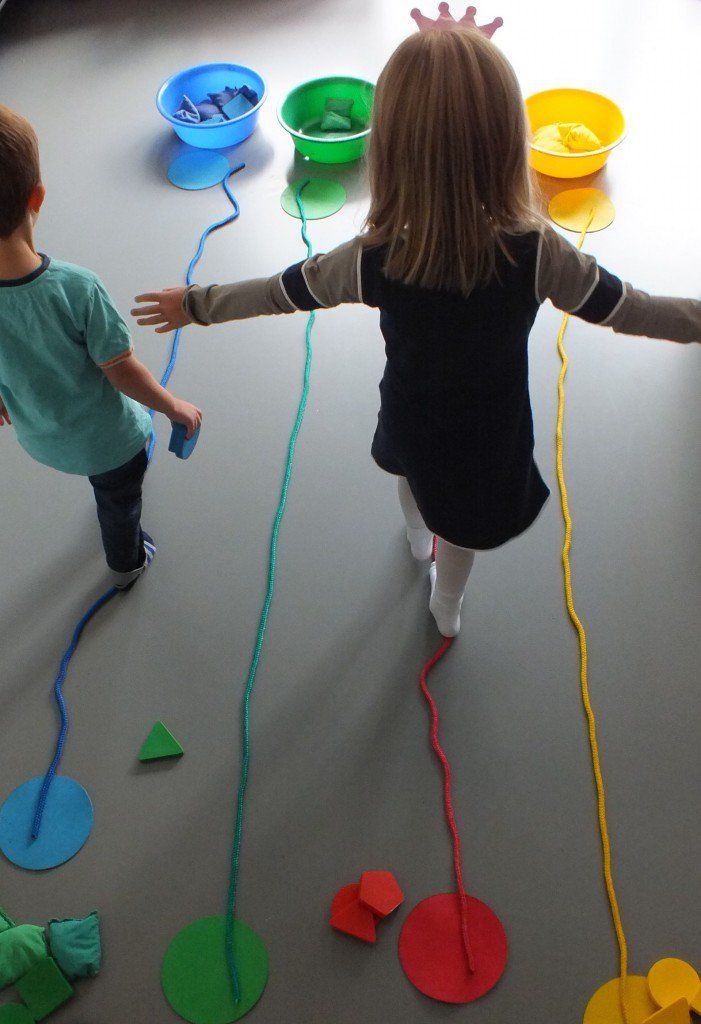 In psychology, the following stages of it are distinguished: visual-effective, visual-figurative and verbal-logical, and the entry of a child into a new stage does not eliminate the neoplasms of the previous one. Visual-figurative thinking is necessary for the creative activity of the child. Particularly important activities for the development of visual impressions are visual activity and design. In the process of this activity, the child gets acquainted with the color, shape of objects, learns the features of color combinations, gets acquainted with the ability to depict objects, select colors. The creative thinking of a child begins with a problem situation, getting into which, he begins to anticipate the end and connects what is already known with the condition of the problem. According to Bushminsky, creative thinking is a productive activity associated with a continuous process of development. Concerning creative thinking, Vygotsky introduces the concept of the “zone of proximal development” (ZPD).
In psychology, the following stages of it are distinguished: visual-effective, visual-figurative and verbal-logical, and the entry of a child into a new stage does not eliminate the neoplasms of the previous one. Visual-figurative thinking is necessary for the creative activity of the child. Particularly important activities for the development of visual impressions are visual activity and design. In the process of this activity, the child gets acquainted with the color, shape of objects, learns the features of color combinations, gets acquainted with the ability to depict objects, select colors. The creative thinking of a child begins with a problem situation, getting into which, he begins to anticipate the end and connects what is already known with the condition of the problem. According to Bushminsky, creative thinking is a productive activity associated with a continuous process of development. Concerning creative thinking, Vygotsky introduces the concept of the “zone of proximal development” (ZPD).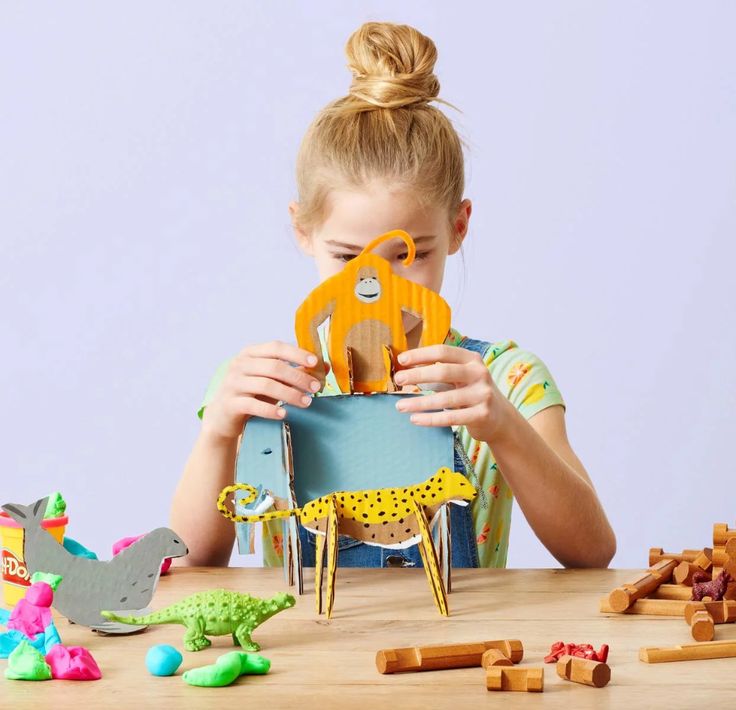 ZPD are tasks that a child can solve with the help of an adult, but without the model of an adult [Vygotsky, 1991, p. 9–11, p. 13–14]. For children, performing creative tasks is interesting, but at the same time creates certain difficulties. The process that plays one of the main roles in the formation of artistic abilities is imagination. The past impressions of the child, his knowledge, experience, all this is modified in accordance with the idea of the young author. Imagination is the creation of new images based on past perceptions. This means that for its development it is necessary to constantly enrich the sensory experience of the child. This can be done by creating a developing environment enriched with various objects and materials; experimental games, didactic games, and productive activities will also be useful for a preschooler. Types of art are historically established forms of creative activity that have the ability to artistically realize the content of life and differ in the ways of its material embodiment.
ZPD are tasks that a child can solve with the help of an adult, but without the model of an adult [Vygotsky, 1991, p. 9–11, p. 13–14]. For children, performing creative tasks is interesting, but at the same time creates certain difficulties. The process that plays one of the main roles in the formation of artistic abilities is imagination. The past impressions of the child, his knowledge, experience, all this is modified in accordance with the idea of the young author. Imagination is the creation of new images based on past perceptions. This means that for its development it is necessary to constantly enrich the sensory experience of the child. This can be done by creating a developing environment enriched with various objects and materials; experimental games, didactic games, and productive activities will also be useful for a preschooler. Types of art are historically established forms of creative activity that have the ability to artistically realize the content of life and differ in the ways of its material embodiment.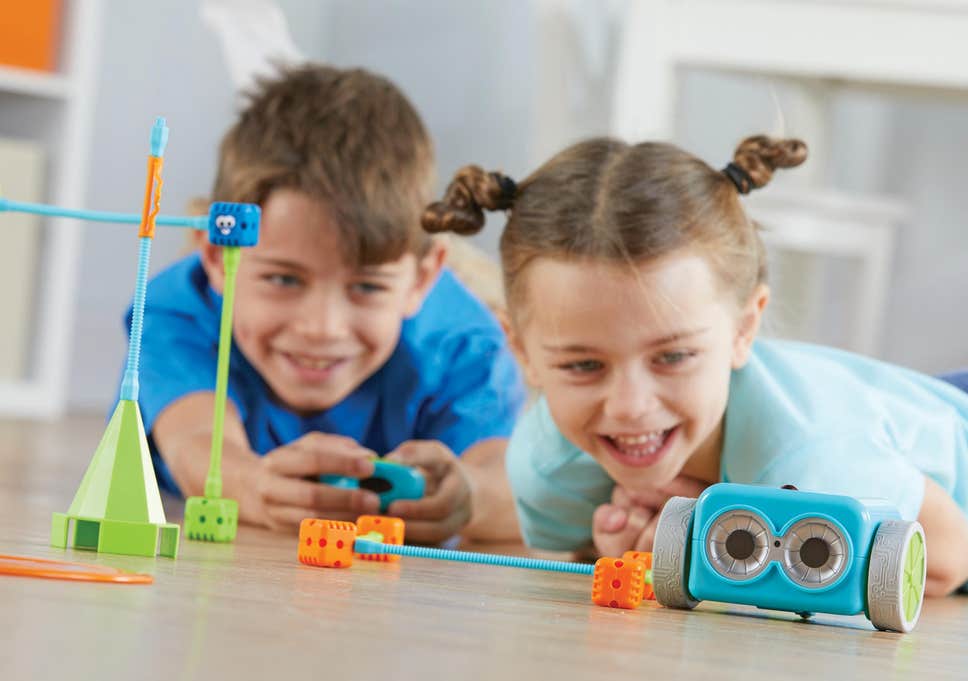 Fine art is understood as a group of types of artistic creativity that reproduce perceived reality. Works of art have an objective form that does not change in time and space. Plasticineography (from the word "graph" - to write, create, depict and the word "plastos" - stucco) is a relatively new type of arts and crafts. Plasticineography favorably combines elements of drawing and modeling. For example, in modeling, children quickly master the transfer of the structure of objects, and drawing, plasticineography allows the child to come up with harmonious sketches through the prism of individual perception. With a properly constructed learning process, children, depicting a specific object, begin to understand the patterns of depicting similar groups of objects. The psychological foundations for the integration of types of artistic activity with educational work should be determined from what the child needs for his own realization in any kind of artistic creativity. The basis of integration is a set of psychological processes, the improvement of which is necessary for aesthetic contemplation, figurative representation.
Fine art is understood as a group of types of artistic creativity that reproduce perceived reality. Works of art have an objective form that does not change in time and space. Plasticineography (from the word "graph" - to write, create, depict and the word "plastos" - stucco) is a relatively new type of arts and crafts. Plasticineography favorably combines elements of drawing and modeling. For example, in modeling, children quickly master the transfer of the structure of objects, and drawing, plasticineography allows the child to come up with harmonious sketches through the prism of individual perception. With a properly constructed learning process, children, depicting a specific object, begin to understand the patterns of depicting similar groups of objects. The psychological foundations for the integration of types of artistic activity with educational work should be determined from what the child needs for his own realization in any kind of artistic creativity. The basis of integration is a set of psychological processes, the improvement of which is necessary for aesthetic contemplation, figurative representation.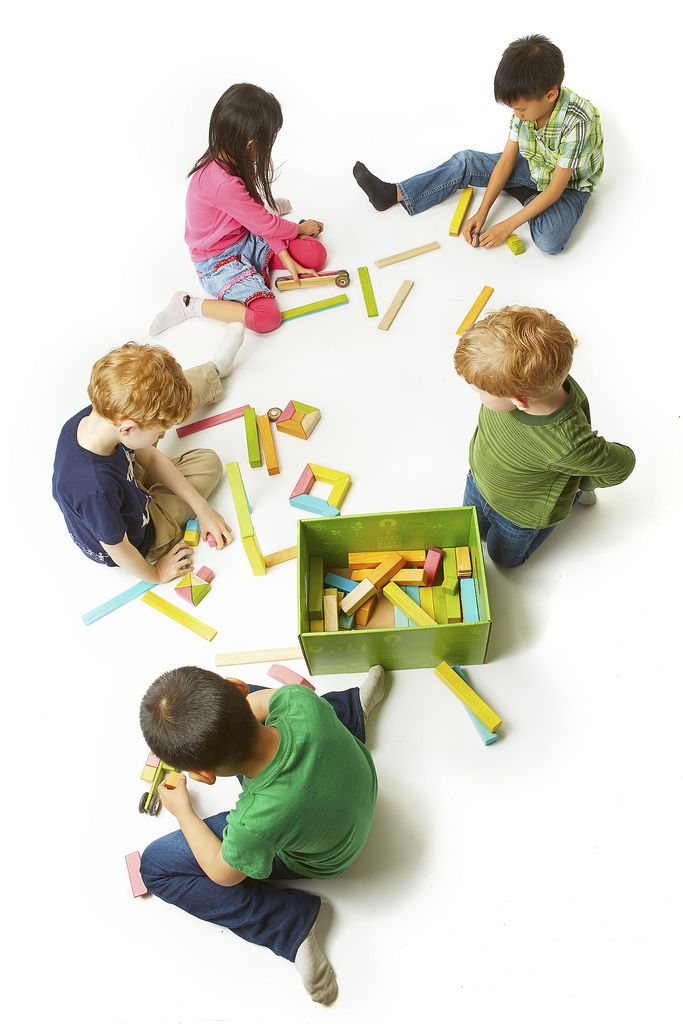 The integration of different content in upbringing and educational work takes place in accordance with the personal characteristics of preschool children. In a children's drawing, the integration mechanism is: drawing (shape, size, color, composition, rhythm) modeling (shape, volume, proportion, posture, ratio of objects in the overall composition in size) appliqué (shape, color, composition, rhythm, etc.) Combining different types of creativity with the same idea gives the child the opportunity to creatively comprehend and most fully reflect the topic using expressive means, which has a positive effect on the development of artistic abilities. [Ezikeyeva, 1985, pp. 21–22]. The formation of a child’s artistic abilities is a complex process, the research of which is carried out in such areas of scientific knowledge as pedagogy, psychology, neurophysiology, defectology, etc. The child’s abilities as a whole are a comprehensive development of the child’s individuality, associated with factors such as heredity, environment, individual mental characteristics of children (mental processes), favorable conditions provided by the totality of all methods of education in the educational process of the entire period of childhood, since much is laid from the moment of birth, develops as the child grows.
The integration of different content in upbringing and educational work takes place in accordance with the personal characteristics of preschool children. In a children's drawing, the integration mechanism is: drawing (shape, size, color, composition, rhythm) modeling (shape, volume, proportion, posture, ratio of objects in the overall composition in size) appliqué (shape, color, composition, rhythm, etc.) Combining different types of creativity with the same idea gives the child the opportunity to creatively comprehend and most fully reflect the topic using expressive means, which has a positive effect on the development of artistic abilities. [Ezikeyeva, 1985, pp. 21–22]. The formation of a child’s artistic abilities is a complex process, the research of which is carried out in such areas of scientific knowledge as pedagogy, psychology, neurophysiology, defectology, etc. The child’s abilities as a whole are a comprehensive development of the child’s individuality, associated with factors such as heredity, environment, individual mental characteristics of children (mental processes), favorable conditions provided by the totality of all methods of education in the educational process of the entire period of childhood, since much is laid from the moment of birth, develops as the child grows.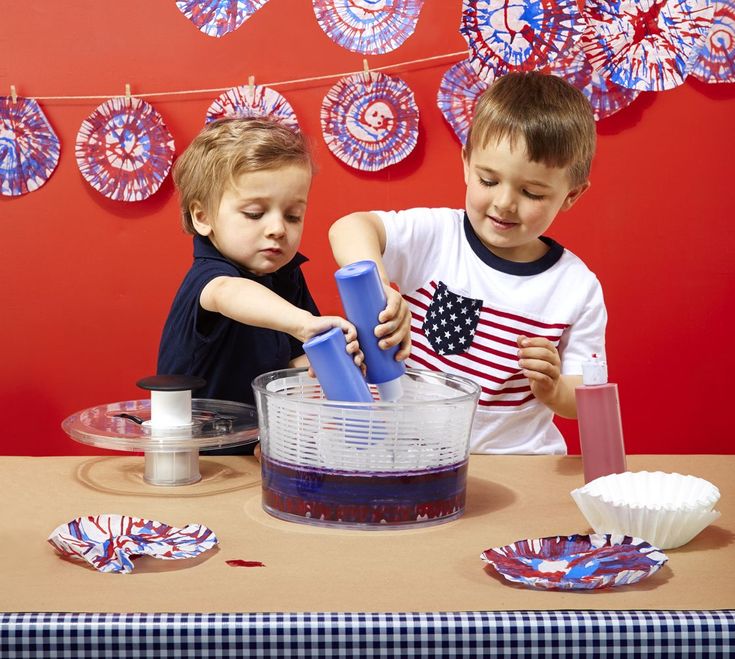 An important role in the formation of abilities is played by creative activity. Creativity gives the child a whole range of emotional experiences, develops the processes of perception, thinking, imagination, creativity, forms an interest in visual activity. But it is not possible to develop the child's creative abilities without the help and support of the immediate environment: the family, the teacher-educator, the social environment. A person has many inclinations laid down genetically, and the goal of teachers and parents is to identify positive prerequisites for certain abilities as early as possible and develop them for the benefit of the individual and society. It is important to note that in addition to teachers and families, life can often make its own adjustments and this must also be taken into account. With a certain level of intellectual development and emotional-volitional sphere, the child can already develop his abilities.
An important role in the formation of abilities is played by creative activity. Creativity gives the child a whole range of emotional experiences, develops the processes of perception, thinking, imagination, creativity, forms an interest in visual activity. But it is not possible to develop the child's creative abilities without the help and support of the immediate environment: the family, the teacher-educator, the social environment. A person has many inclinations laid down genetically, and the goal of teachers and parents is to identify positive prerequisites for certain abilities as early as possible and develop them for the benefit of the individual and society. It is important to note that in addition to teachers and families, life can often make its own adjustments and this must also be taken into account. With a certain level of intellectual development and emotional-volitional sphere, the child can already develop his abilities.
Literature:
- Belikova M.
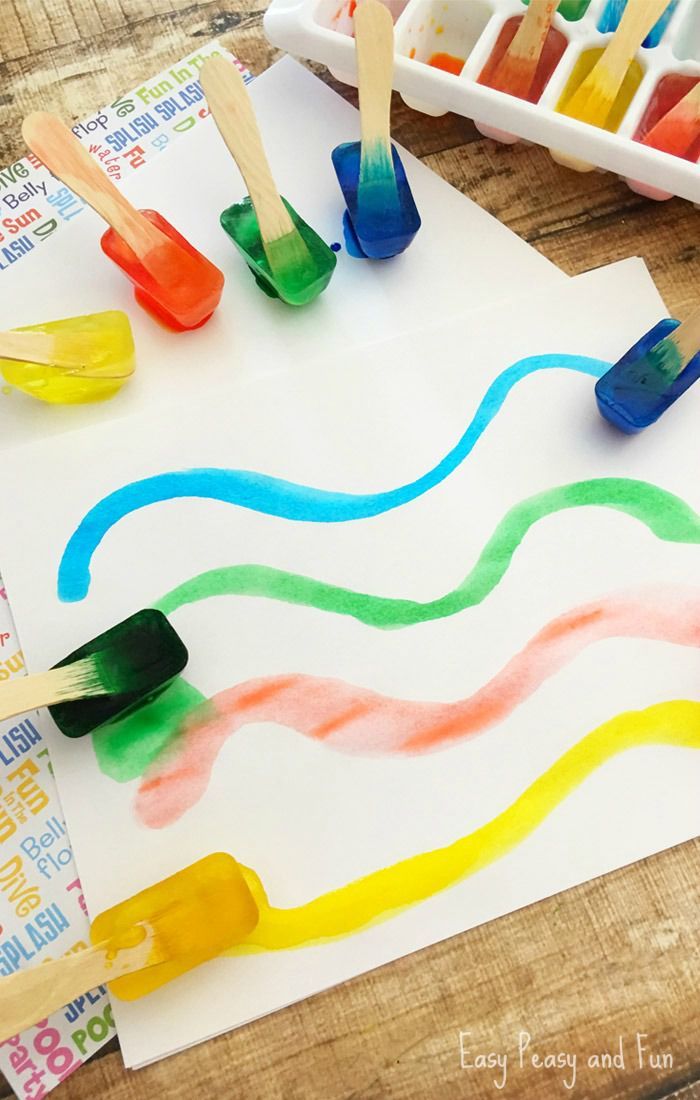 Aesthetic perception of children in the classroom with fine arts. Preschool education. 1981 No. 4, p. 27
Aesthetic perception of children in the classroom with fine arts. Preschool education. 1981 No. 4, p. 27 - Blashchuk L. A. Formation of interest in visual activity in children aged 5–7 years in the classroom in kindergarten. Dissertation M., 1985.
- Vygotsky L. S. Imagination and creativity in childhood M., Education, 1991, pp. 9–11, p. 13–14.
- Denisova ZV Children's drawing in physiological interpretation. L., Science. 1974, p. 140
- Ezikeeva V. A. The content and methods of teaching visual activity of children 4–7 years old. Aesthetic education in kindergarten. M., Enlightenment. 1985.
- Izard Carroll E., Human Emotions (translated from English) M., Ed. Moscow University, 1980, p. 21. S. 201–206.
Basic terms (automatically generated) : creative activity, artistic creativity, preschool age, the world around, ability, educational work, visual activity, problem situation, perception process, creative process.